Interview with Jérome Vanier, Director of Tennis Club de Lyon, former professional tennis player.
- Can you introduce yourself please?
Jérome Vanier: I have a fairly long career but I will try to synthesize. First of all, I grew up with the start of professional sport, professional tennis. I had a classic course with the bac. Then, I had the chance to grow with the start of federal structures. It wasn't like now but there was already a detection. I was one of the best French in the youth categories. There were very few players who were helped by the brands. It's totally compared to today. I must have been one of the first French to go to the United States to study at a university in Dallas for 4 years (1979/1983). I got a marketing degree and during that time I was still playing tennis. I gave myself two years to see where I was going and what I could do. I got the 7rd French place and the 102rd place at the ATP.
I quit because of mononucleosis when I was 24/25 years old. I was never able to come back physically. I was starting to make a living but to make a living in tennis, whatever the era, you have to be in the top 100 and stay there for a while. Afterwards, I suddenly tried to use my marketing diploma but you realize that in sport there is very little room, especially at the time. But I had the chance to meet Pierre Barthez at the right time, one of the best French players of the 60s and 70s who had created an American tennis camp. He offered to teach me there. It was a passion to take care of these internships in Cap d'Agde for 7 years. In 1994, the Tennis Club de Lyon approached me there. So I have been at the club since that date.
- What is your daily role at the club?
JV: First of all, my role has changed a lot during these years. At first, it was to start tennis: tennis school, competition, team match etc. And then there was a great evolution whether it was on a human side or at the level of structures. At the beginning, I was a little more in the field, on the teaching side, after that it was more the management of the teachers, the teaching team but in a time constraint, I had to concentrate on the management and that everyone coexists and have a good atmosphere. For 20 years, the evolution within the club has been enormous. At the beginning, there were only tennis courts, then we built a gym, then a meeting room, then two squash courts and ...... since May 2018, the PADEL !
- What a beautiful transition, when did you discover the Padel ?
JV: I think I discovered the padel 15/20 years ago.
-In Spain ?
JV: No, here at TCL. The federation of padel, at the time, came to canvass us. There hadn't been any land installed but it was the first time I had heard of it.
-When was the first time you played?
JV: The first time was also here (2015) with Jean-Charles Maleysson who suggested to the club to rent a demonstration court for two / three months with the project of proposing to set up a short or even several later.
-Why did not you choose to install or set up a short right away?
JV: First of all, this period did not really work for various reasons. It was summer, at the club, there weren't many people ... Besides, when there were people, it was a heatwave. We must also have a little luck in this type of project which cost nearly 20 euros. Unfortunately, he must have had his money's worth. And then after, one of the first to open was Padel Central in Dardilly (private complex) and then after came the tennis clubs like Rillieux or TCM5.
-So why did you build courts now?
JV: Because there was some pressure from our members who went to the outside clubs (Laughs). We are responding to a request. Economically, I won't hide it from you, the two courts cost 90 euros with lighting, etc. They have been available since the beginning of June and we are lucky to have the French champion, Jessica Ginier.
- Do you have contacts with the FFT to try to develop sport within the TCL?
JV: We put together a case with the FFT to get help. We do not yet have the result. It is a grant file. It is the link with the Fed and the padel but on the other hand there is no link on the types of entertainment but there is Jessica Ginier who is a tennis teacher, at an exceptional level at padel and who is a good facilitator. So it is she who will take care of developing the animation of the padel in the club.
- Concerning padel, Who are your main competitors? Another tennis club? Mind Padel ?
JV: We'll say it's everyone. First, the (private) structures that have indoor courts for the winter like Esprit Padel. It's true, we don't have any… they will certainly drain people. Then you have the cost of the membership fee in the different clubs (average of 250 euros for clubs, TCL = 650 euros) which are lower than here so people can ask themselves the question: why, I will go there … Whereas at Rillieux or TCM5, I have the same thing for a price half the price. Currently, this is the club's strategy and we assume it. We will see the results but for me a result is after two years. Until the end of August, we make discover, nothing is paying and from September we enter on annual contributions and we will be able to see the result.
The brake of competition is that there are too many clubs that build single or two courts in general. There are some who say that we must do to make it. And, like the tennis clubs, as soon as there is a new activity, there is a craze, everything works but as soon as the craze goes down for a reason X, we will see all the negative sides. The request will be made at the same time, that is to say from 18h to 22h and when we have one or two short is very fast full. In addition, if you want to do an animation with two courts, we welcome not a lot of people and privatize the land. So on a small number of courts, we are very quickly limited.
-Do you feel it with squash? It's been a while since you installed these two courts.
JV: So it's a little different because, first of all, it's not the club that directly manages and they are sure a niche. It's a sport with a long history. It should be noted that squash is played in pairs while the padel you have to be 4… Yes, it's a constraint. For example, yesterday we were to play on the two courts during off-peak hours. At the beginning, there were 10 of us, in the end we were only 4 for different reasons.
- From a point of view padel, What is your relationship with your club's brand partner? Are you working on different projects? The TCL was with Babolat, they switch with Technifibre.
JV: Yes, we talked about projects because the call for tenders that had been made 3/4 months ago included the land of padel for the next 3 years. All brands knew that the padel was going to be created.
-What do you ask them about the padel ?
JV: Not much, just a racket test battery and balls of course. No entertainment because there is Jessica who is an ambassador for us. She is sponsored with a Spanish brand. Since she does a lot of tournaments, she goes to the right, to the left, it is she who will serve as a link and who will have ideas such as courses, schools, activities etc. It is a real strength, yes.
- From a global point of view, what is your view on the evolution of padel for 5 years in France?
JV: oh, you go to a tennis club, we talk Padel. It is something anchored now. At the Stade Toulousains, in Le Touquet for the French championships. They are everywhere in the big clubs.
- Do you think the padel is a fad? Some tennis brands do not necessarily bet on it in terms of market share. What do you think ?
JV: There has always been a fashion. The real question is: Will this fashion perpetuate this sport? Compared to what I said before, you have to be careful. I hope to build more courts because two are not enough.
-What is your relationship with the FFT? Why are they important ?
JV: They were smart. The player of padel is a tennis licensee. Even though I find it weird that there is no license padel. The person who is not in a tennis club and who wants to play padel, will have a tennis license because the padel belongs to the tennis federation. I find it a bit of a shame that there is no license padel as a competition, leisure, or even umpire license. Even if on the tennis space (website), they manage to segment and differentiate between these two sports.
-Do you think the Federation of Padel will become independent in the coming years? Do Padel, a completely independent sport?
JV: I think the contribution of the FFT is too important. We are still too much in a French logic, not enough in the private sector (American model). We are too dependent on municipalities, grants etc. Everything that is private like Esprit Padel, I find that really good, it's really them who are going to ask the real questions. I don't think there will be enough.
- Do you think they are putting all the necessary means to develop this new sport of rackets?
No, I do not think so. I think, first of all, that it is a political coup. They may have seen that there were a lot of tennis players stopping and going towards the padel. They had a certain fear of losing their million licensees. It is a way of recovering licenses and of having political power. They have recovered a "small" sport which initially would not give them too much shade. It's a bit like the economy: we buy a small box, it costs us money, but they won't bother us. (A sort of mastery of the situation).
- Is it possible in the medium term to have a reputation as important as in Spain? In terms of courts, practitioners and even licensees?
Well already there is a more sympathetic climate. Even though, I have met people who like to play in it, I find that it is a sport where you can play indoors, but the padel is nicer on the outside. This may be a problem for Esprit Padel which has only indoor courts and in an environment not very well placed (Saint-Priest).
-In Spain we see that there are definitely more licensees padel than tennis licensees, more practitioners padel than tennis players. Would that be possible in France or is tennis still too inked?
JV: I don't know their development exactly. But yes, it's private… The problem with the clubs is as I said, they are dependent on the municipalities and cannot develop fully. Ok, we are putting on courts because there is demand, but in 10/15 years… who is paying for the renovations? But then, it's fun, friendly. But hey compared to Spain, I remain perplexed in terms of development.
- Can you host tournaments approved by the FFT? Why ?
JV: Yeah, I think so. I would like to make one. But they haven't contacted me yet to make one.
-The professionalization of padel can it be a lever for the development of tennis clubs ?
JV: It can be a trigger. Because we see a lot. For example, I am often asked where the swimming pool is. While we don't have a swimming pool… But since it's the Tennis Club of Lyon, everyone thinks we have one. Two days ago, I was with a girl from Bourgoin ... she told me that her club had not made Padel. It is a kind of reflex to ask if there are padel or not now. In addition, for example, one of the points of the padelis that a generation like yours who played a lot of tennis with a competitive level and who stopped, you have a sensitivity and a level with the racket which is immediately accessible. You have fun right away with your band of friends. It's true that it's a way for us to make you come back to the club.
- The padel can it compete with tennis? Especially within tennis clubs?
JV: I think the padel is more accessible than tennis. In youth schools, tennis is more technical, more difficult to play while at padel, it's relatively easy. For example, my daughter who is doing a tennis camp, she tried the padel and she feasted. Indeed, if young people begin to familiarize themselves with padel. After, on the other hand, it is the problem of development… Lack of training and lack of courts by clubs. When you have two courts at most, you don't do a lot of entertainment.
What is lacking in tennis is fun and conviviality, we find that at padel already by the very conception of this sport: you are close to your teammate and your opponents, you can chamber them more quickly (Laughter). This team game is clearly more fun than tennis.
So, yes it can rock but we must give them the means to develop.
In terms of training, there are no teachers. It's a new sport. It all depends on the will of the brands and the federation.
-Do you have anything to add in relation to the means used and possible for the development of the padel ?
JV: Compared to the feedback from friends, we find the shared pleasure where we have a good time that was naturally lost in tennis.
But that's why you have to come to big centers with about fifteen courts including competition, leisure, tennis school and entertainment. There are reforms to be made especially on the municipalities of public clubs because there are always political battles etc ...
Antoine Sarroste studied the padel. He offers us his expertise around the development of padel in France.

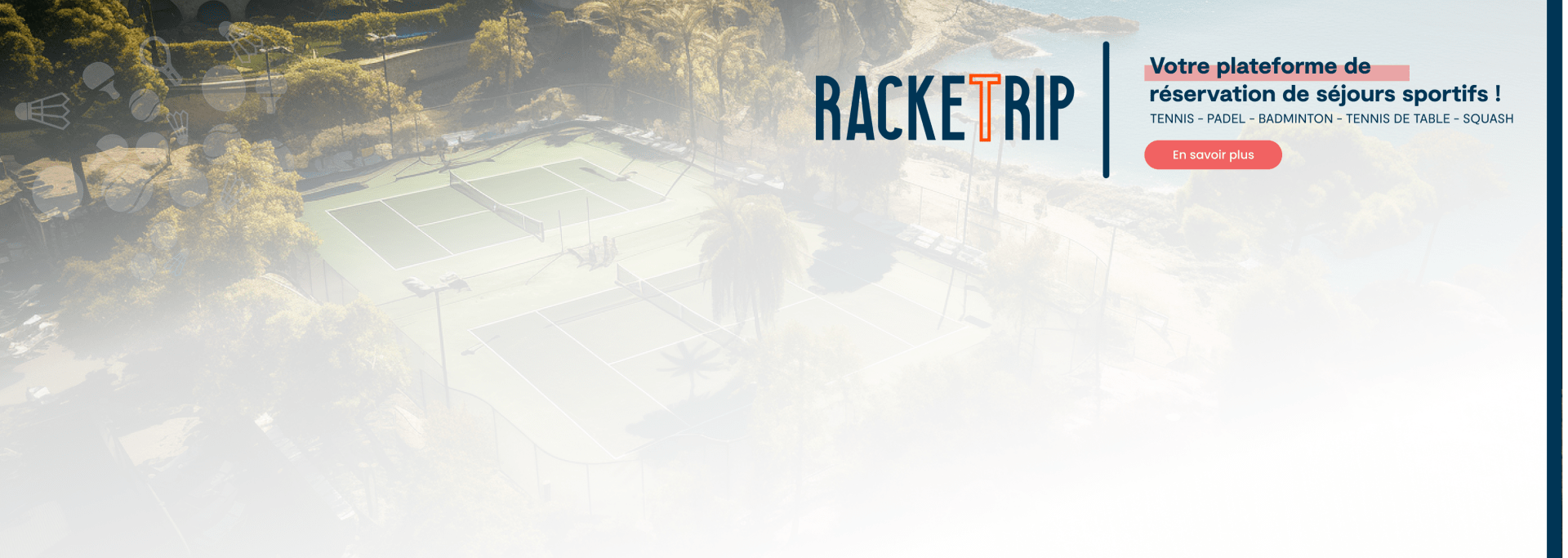


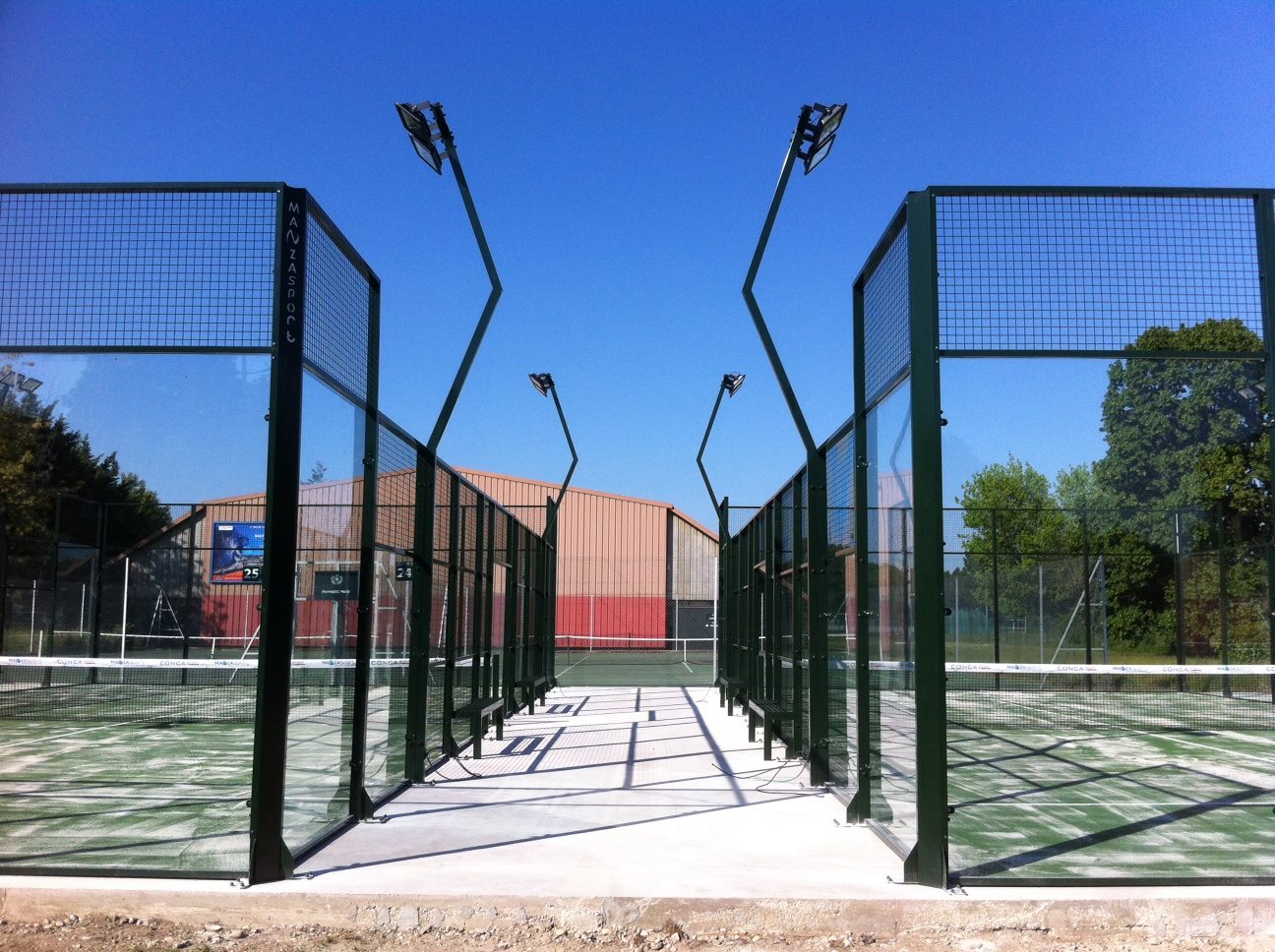












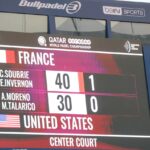


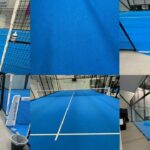


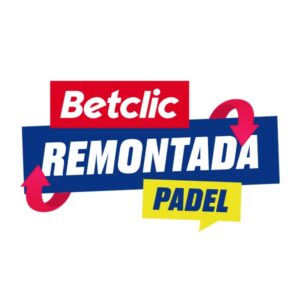
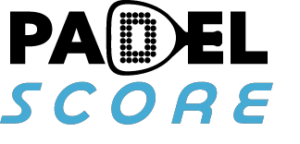




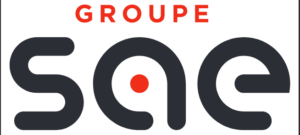
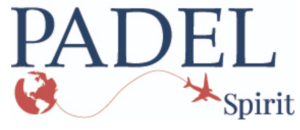
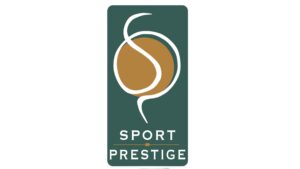
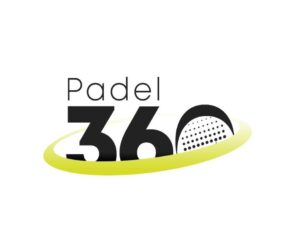
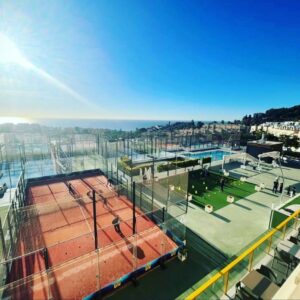
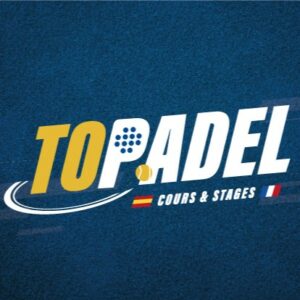

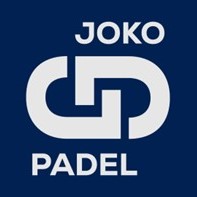

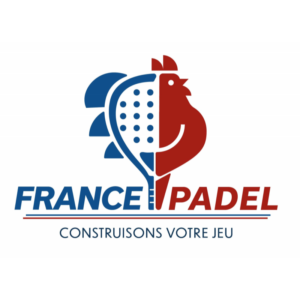
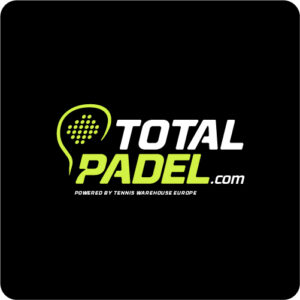
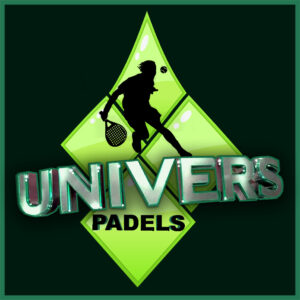
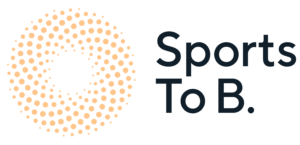

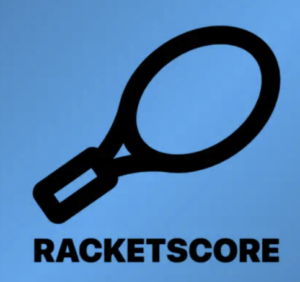
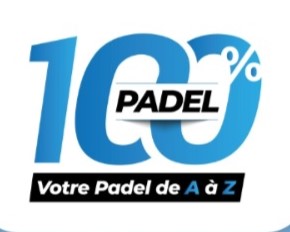
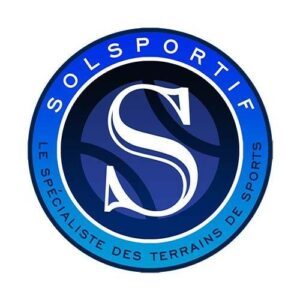

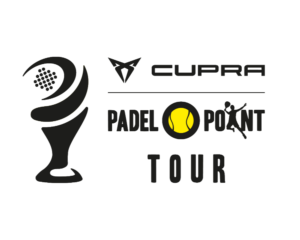

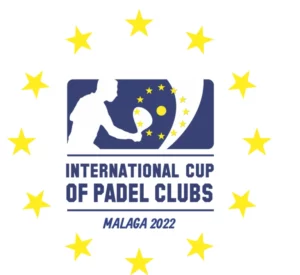
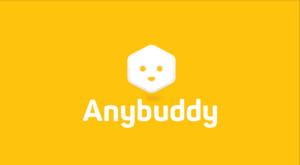
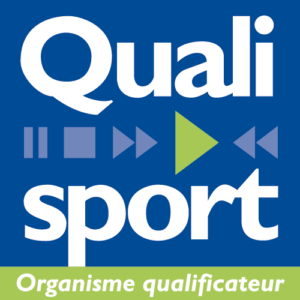
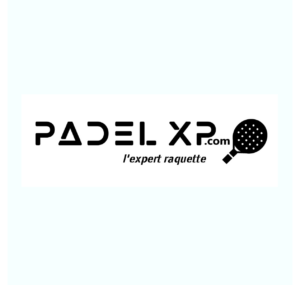

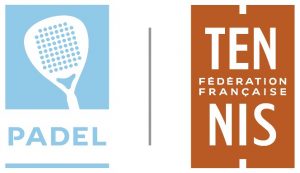
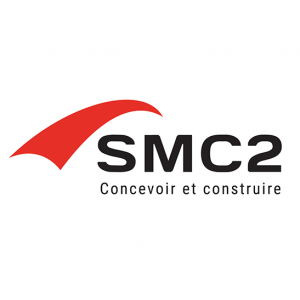

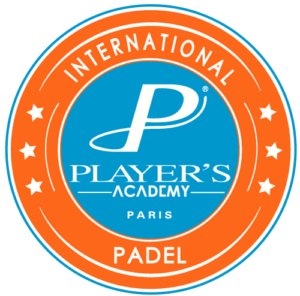
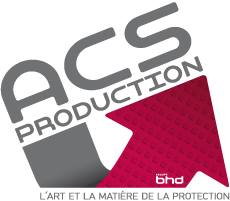
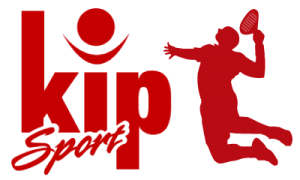

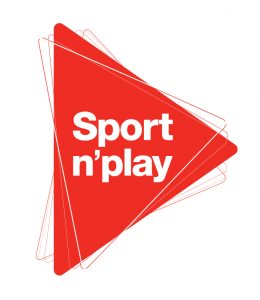

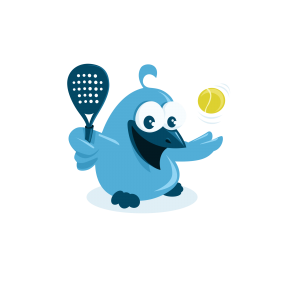

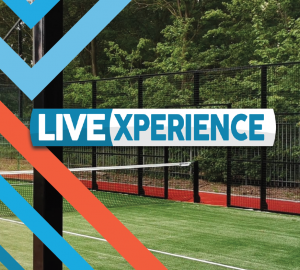
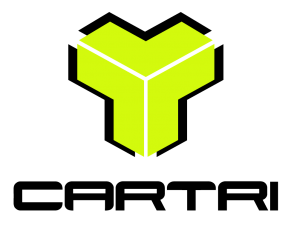

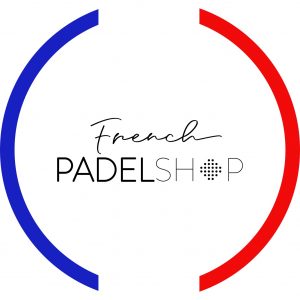
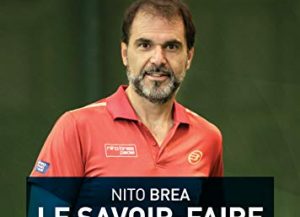
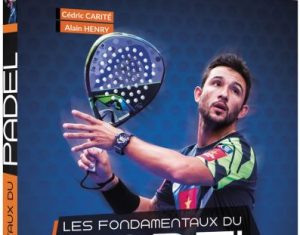

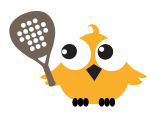
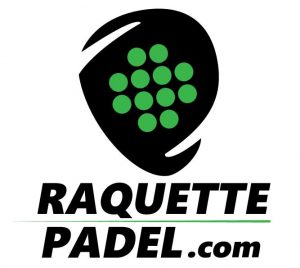
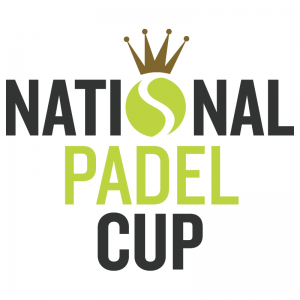
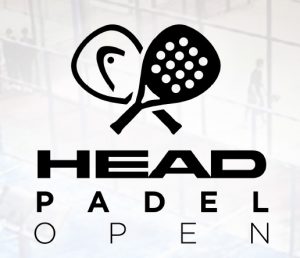
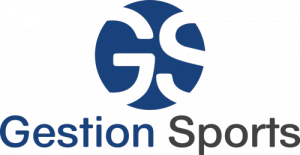
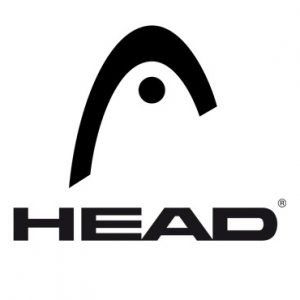



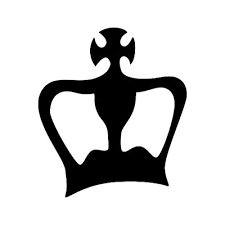


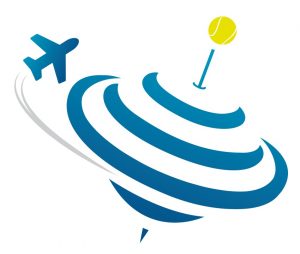
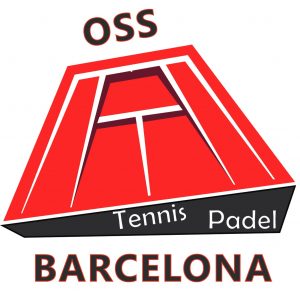
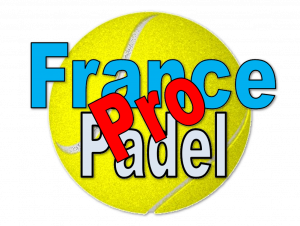

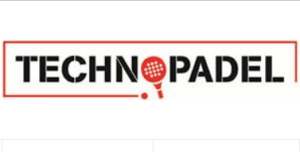
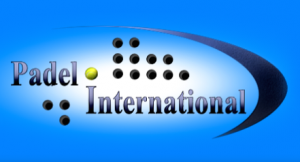

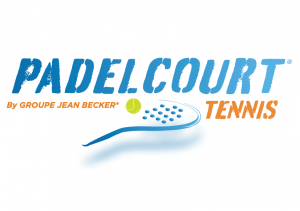
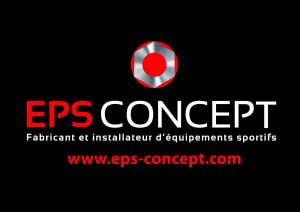
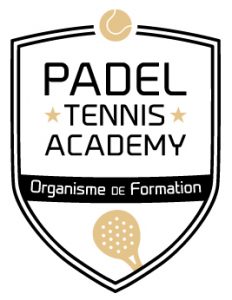
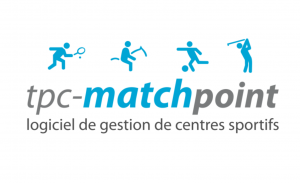

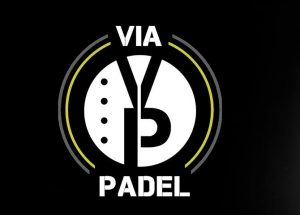
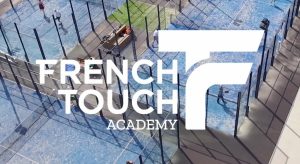

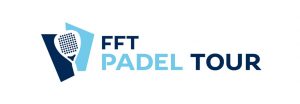

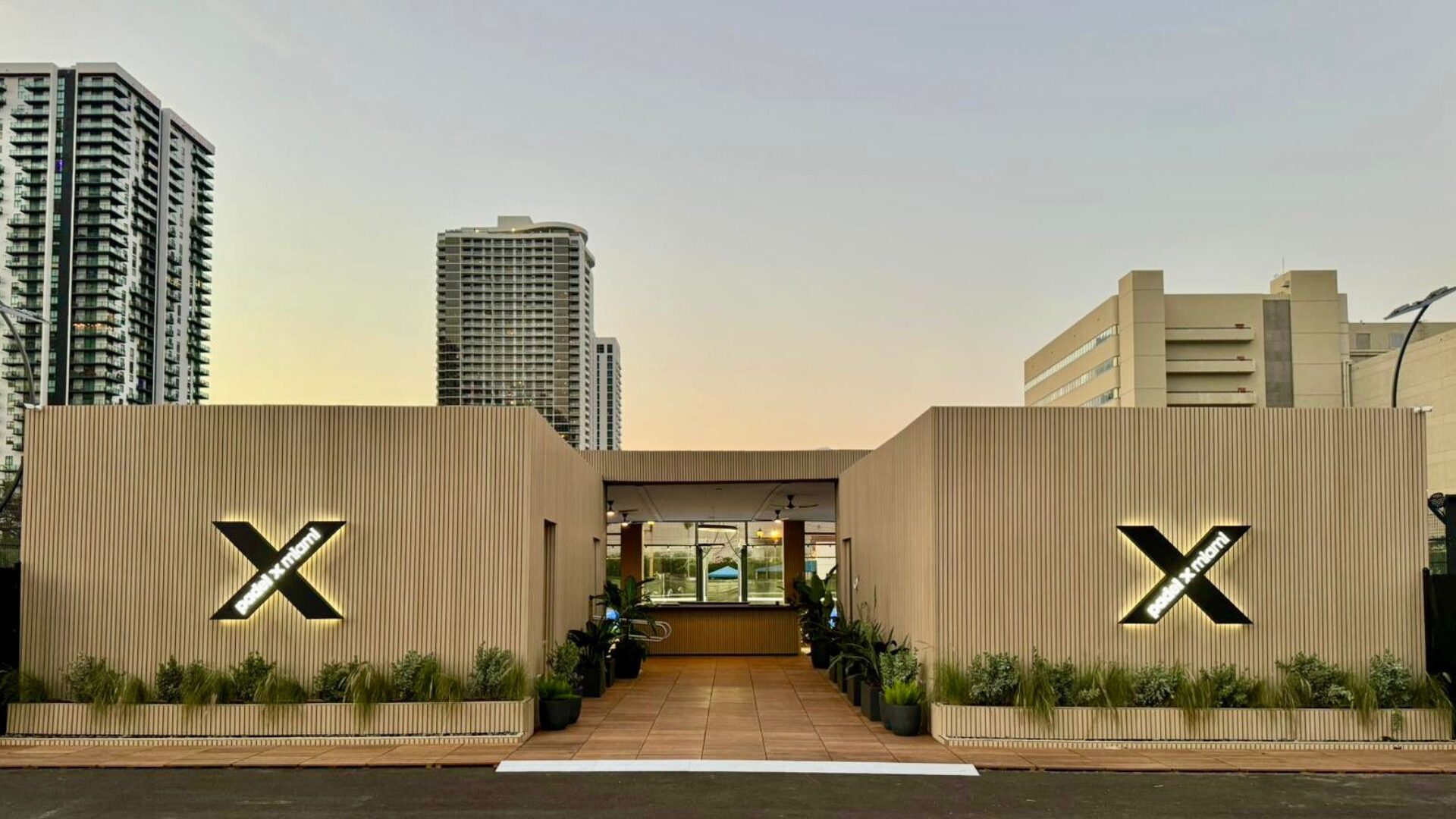 Nallé Grinda: “Democratize the padel in the USA with PadelX "
Nallé Grinda: “Democratize the padel in the USA with PadelX "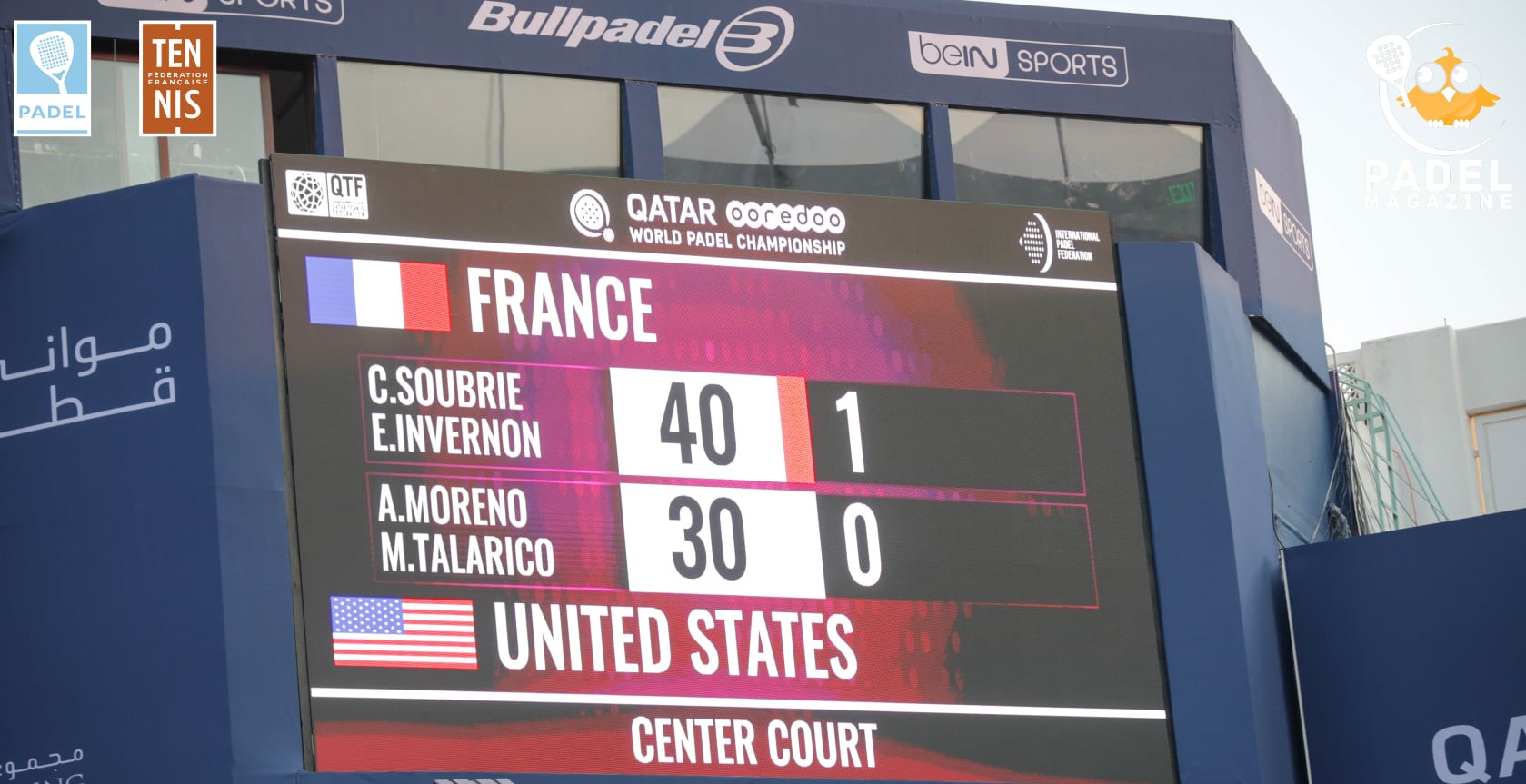 The score at padel : manual
The score at padel : manual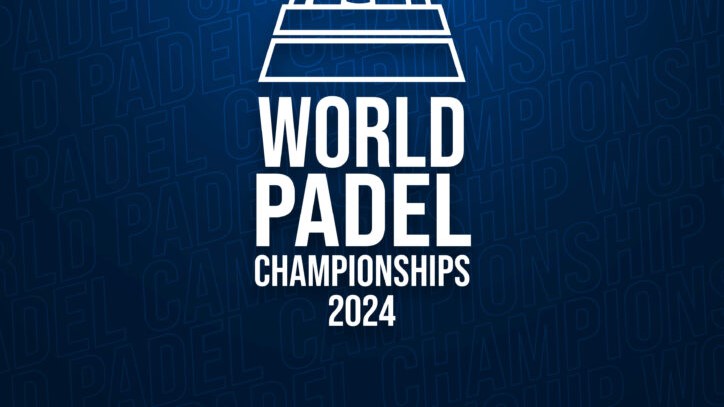 The location chosen for the 2024 World Cup announced at the end of the month!
The location chosen for the 2024 World Cup announced at the end of the month!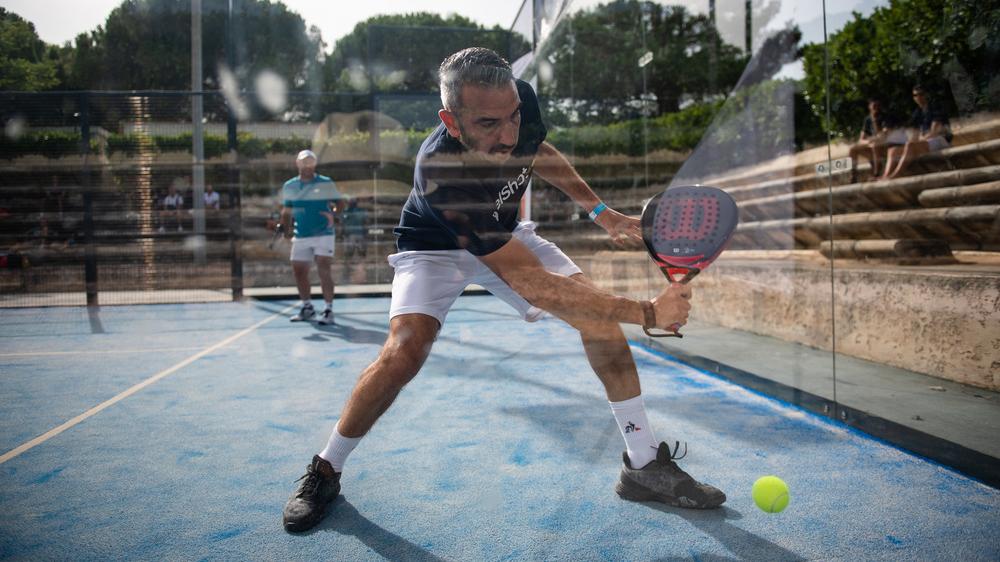 Simon Boissé: “We know that there are two nations in front of us”
Simon Boissé: “We know that there are two nations in front of us”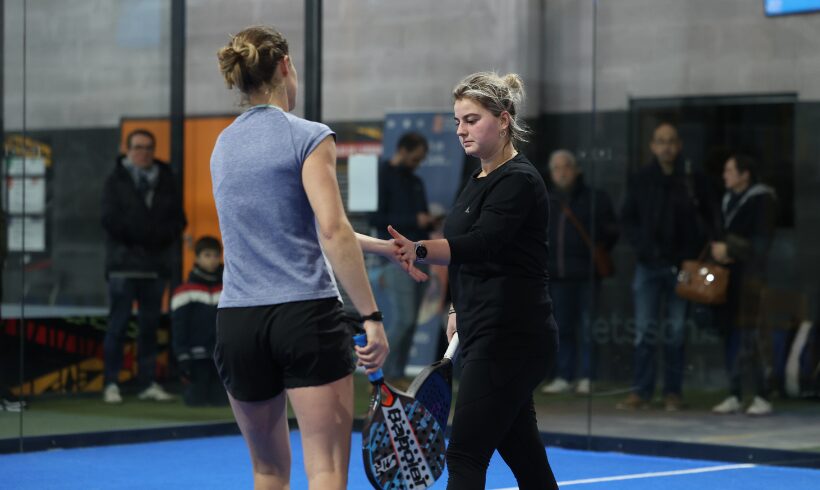 Marie Maligo: “This period of frequent changes of partners was beneficial for me”
Marie Maligo: “This period of frequent changes of partners was beneficial for me”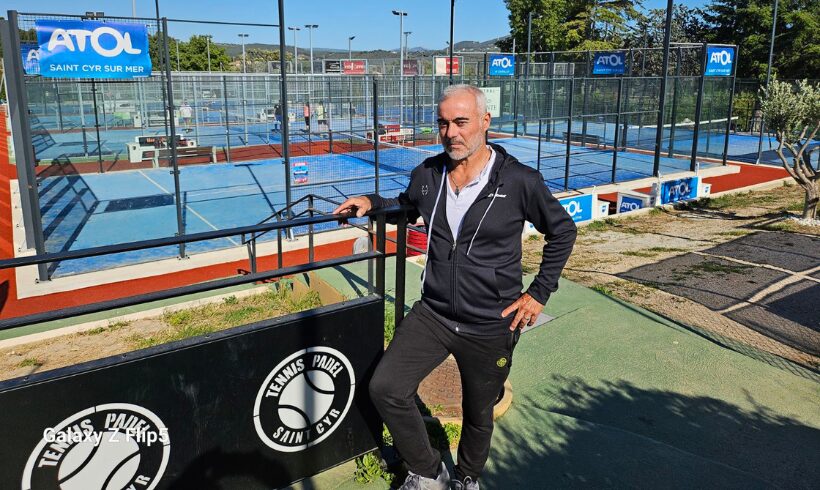 Alain Idier: “Adding tracks of padel, without sacrificing tennis”
Alain Idier: “Adding tracks of padel, without sacrificing tennis”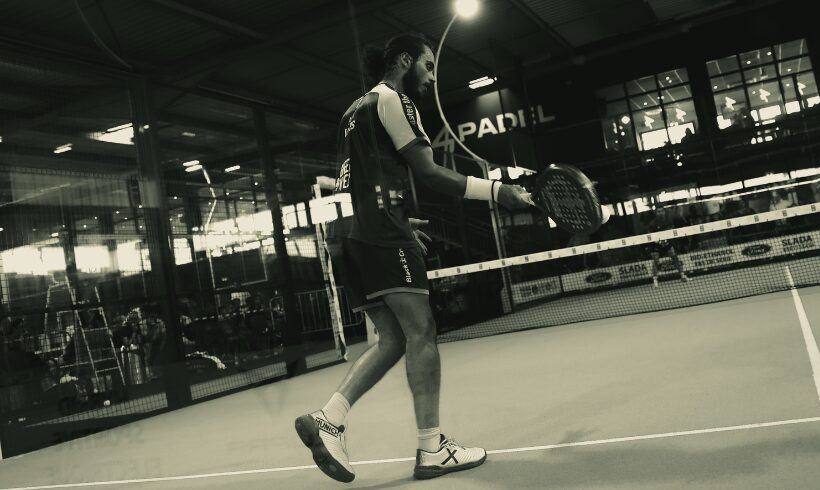 Manuel Vives: “It’s extremely difficult to get by financially”
Manuel Vives: “It’s extremely difficult to get by financially”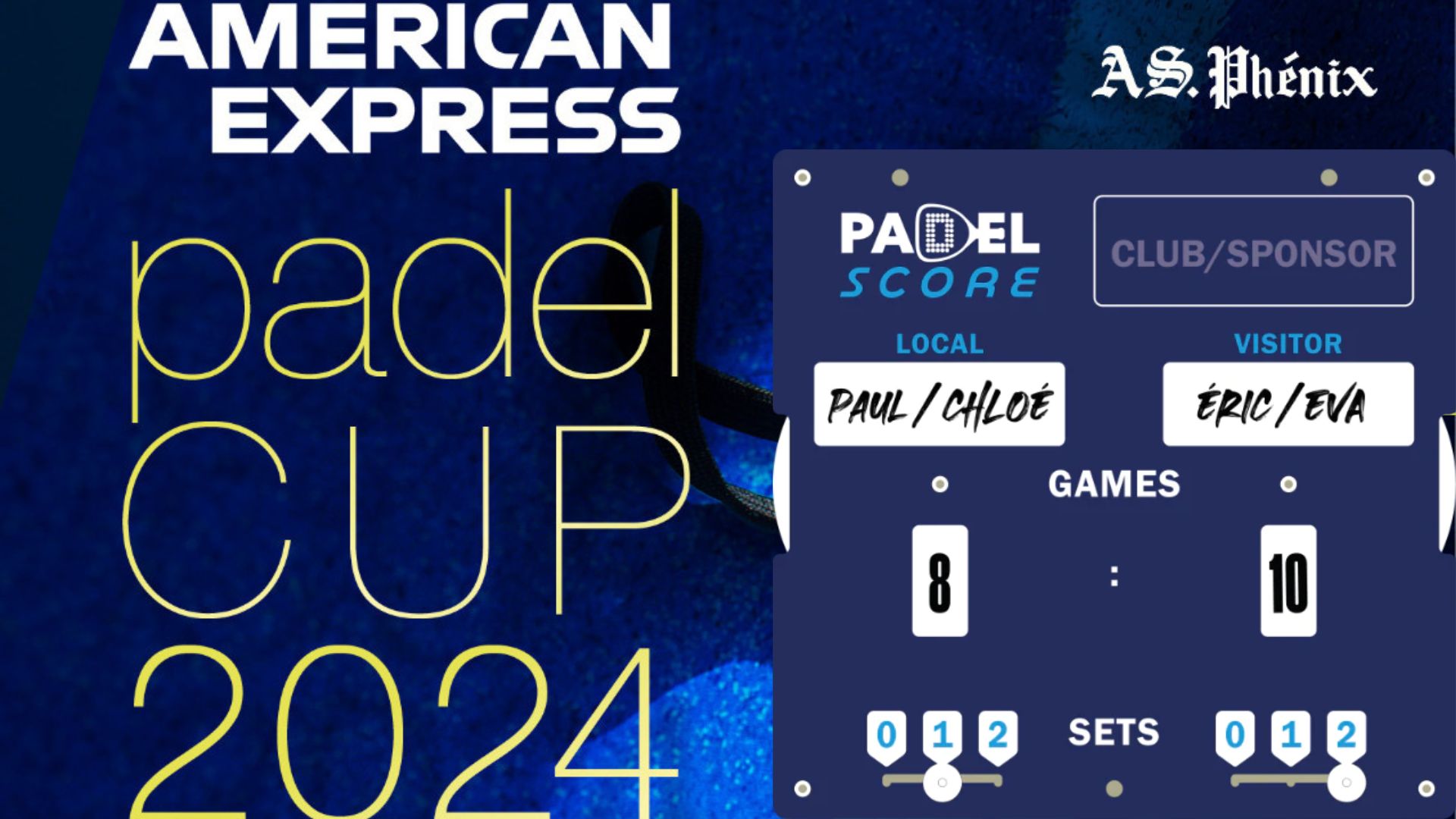 Padel Score comes to Tahiti for American Express Padel Cup!
Padel Score comes to Tahiti for American Express Padel Cup!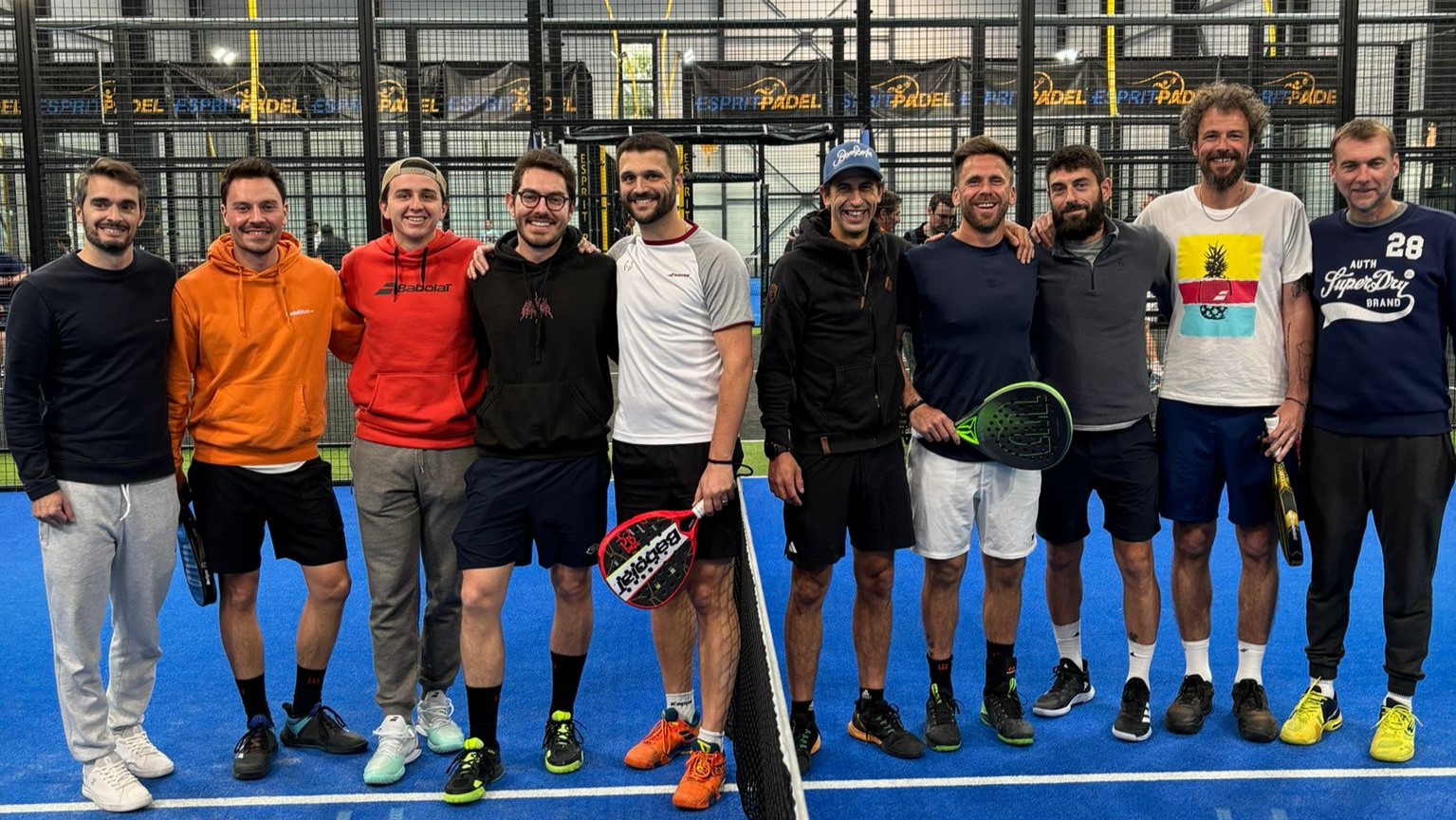 Mind Padel Lyon and the Auvergne Rhône-Alpes League innovate with team tournaments
Mind Padel Lyon and the Auvergne Rhône-Alpes League innovate with team tournaments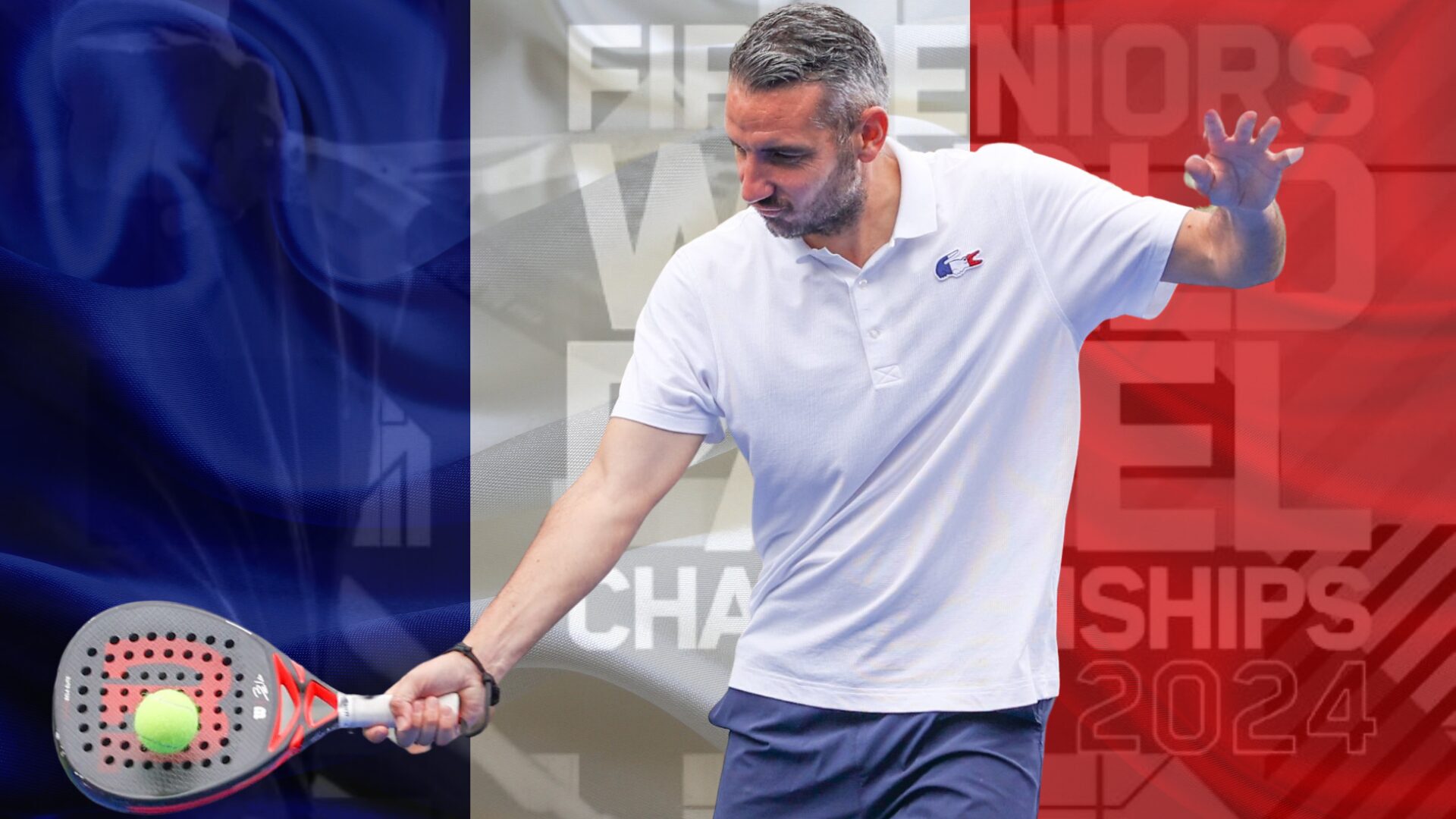 Simon Boissé: “We know that there are two nations in front of us”
Simon Boissé: “We know that there are two nations in front of us”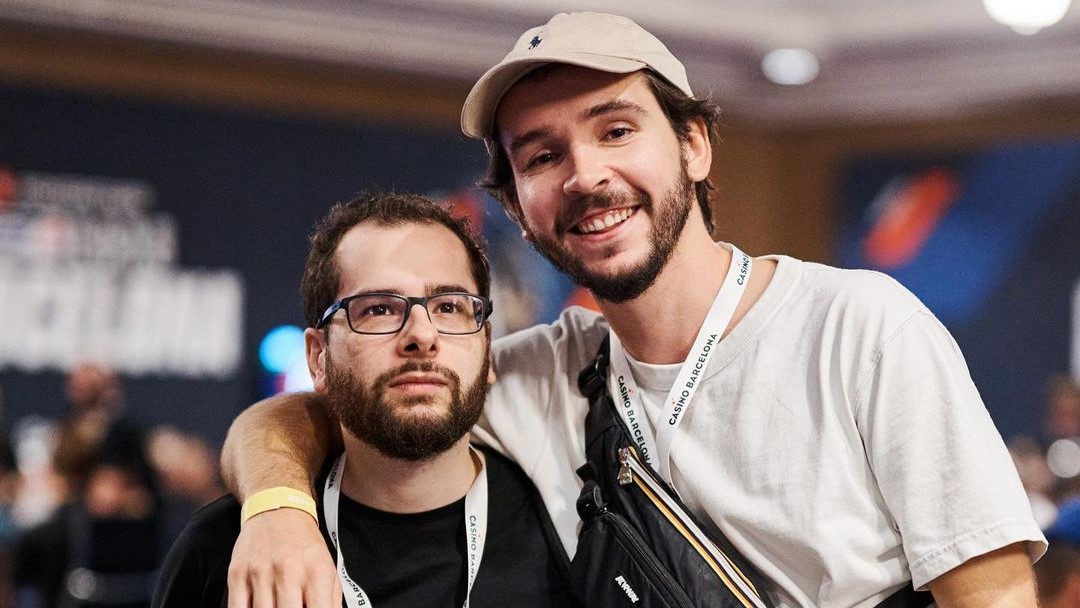 Team PAX (Domingo / Xari) returns to victory
Team PAX (Domingo / Xari) returns to victory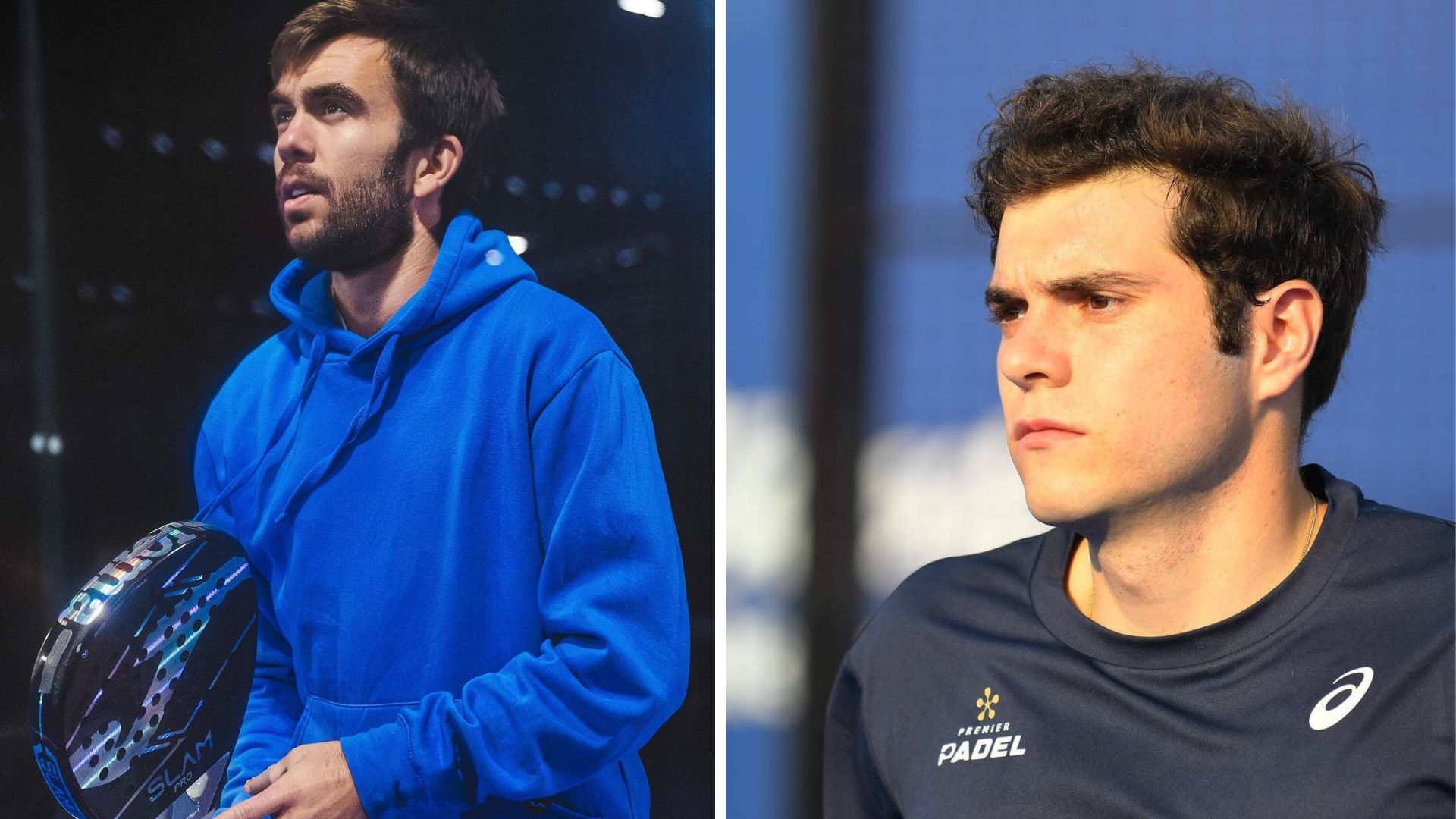 It’s off to a bad start for Pincho Fernandez and Javier Barahona…
It’s off to a bad start for Pincho Fernandez and Javier Barahona…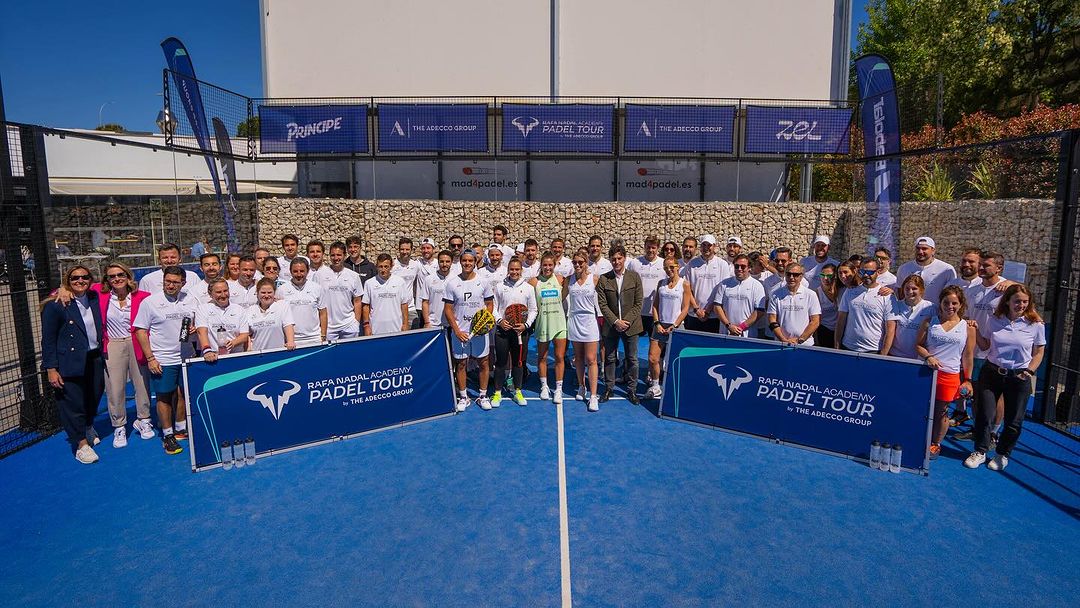 Do you know the Rafa Nadal Academy Tour?
Do you know the Rafa Nadal Academy Tour?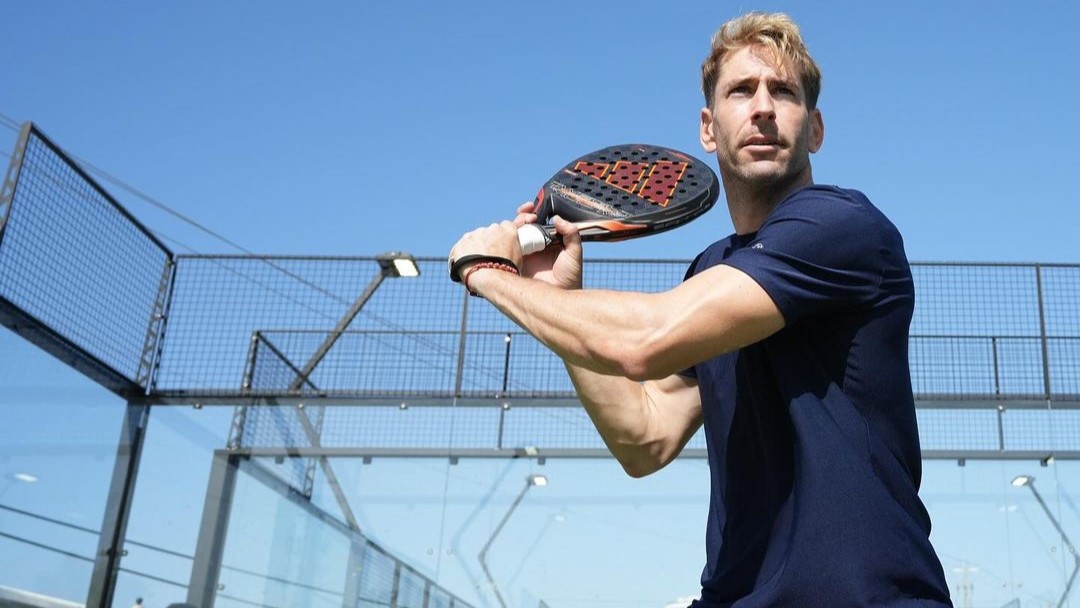 Alex Ruiz: “Finding joy again with Momo”
Alex Ruiz: “Finding joy again with Momo”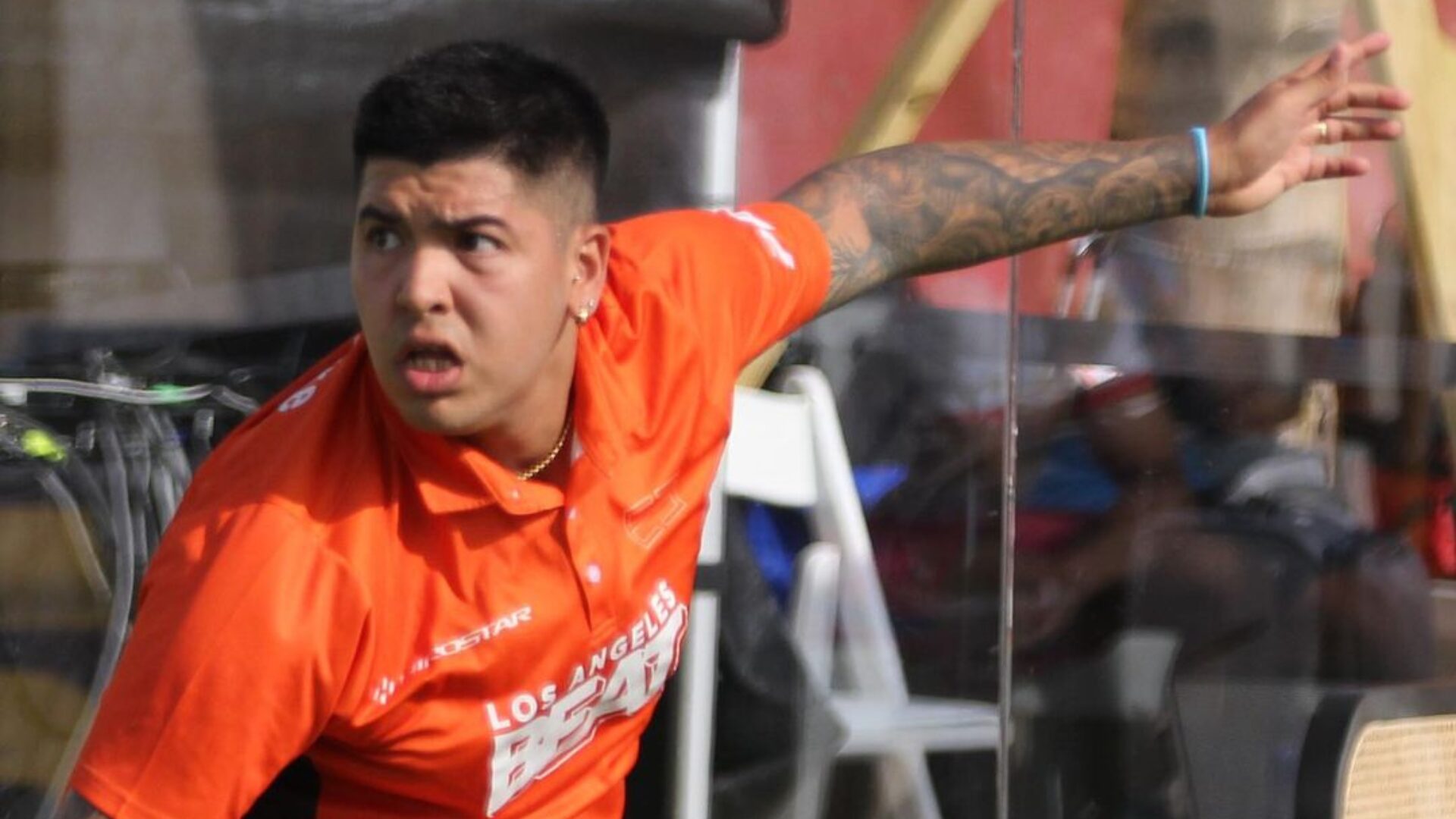 Nerone: “Tolito is not a normal player”
Nerone: “Tolito is not a normal player”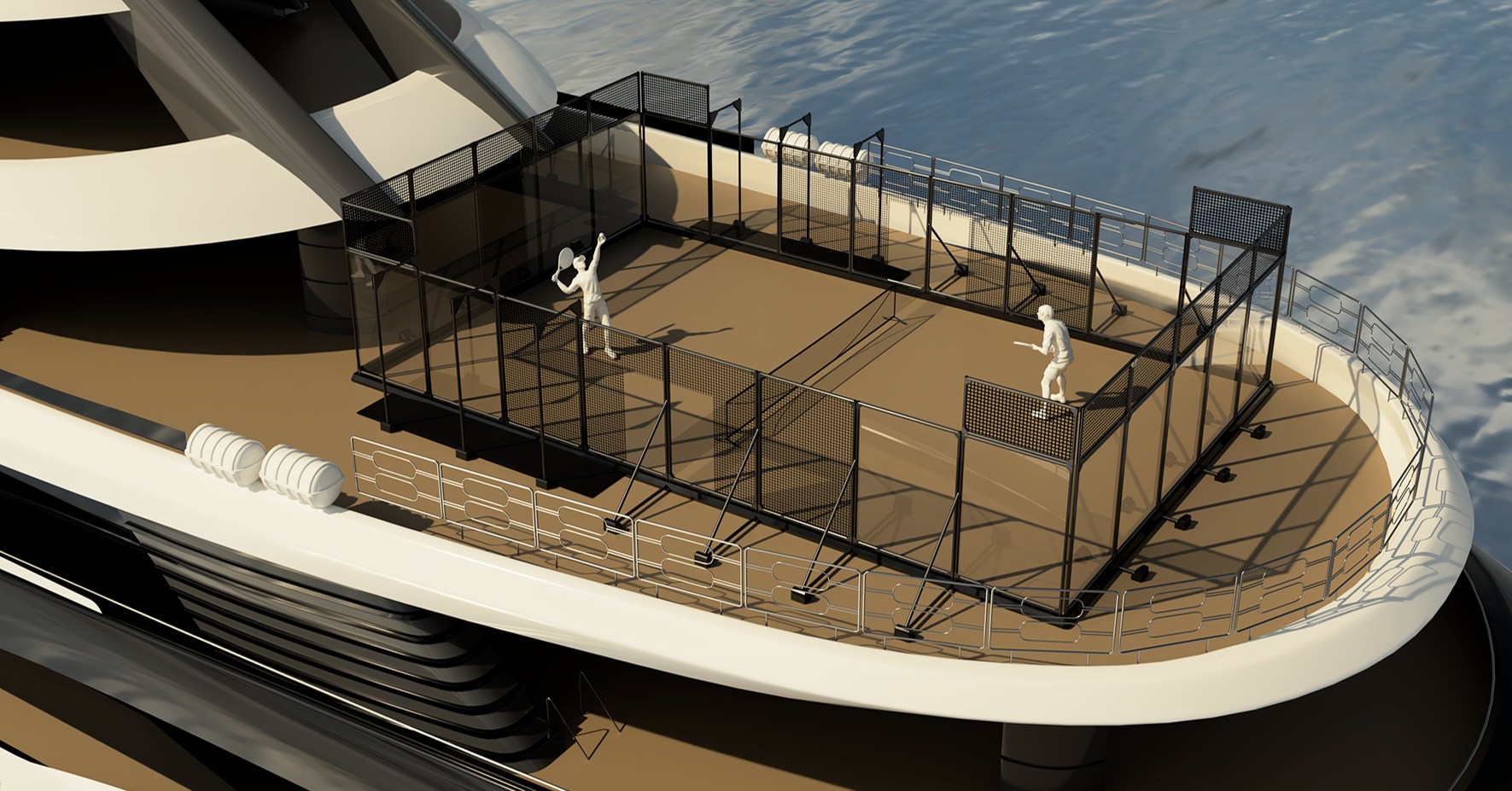 Play at padel on his yacht? Possible for €233.000!
Play at padel on his yacht? Possible for €233.000!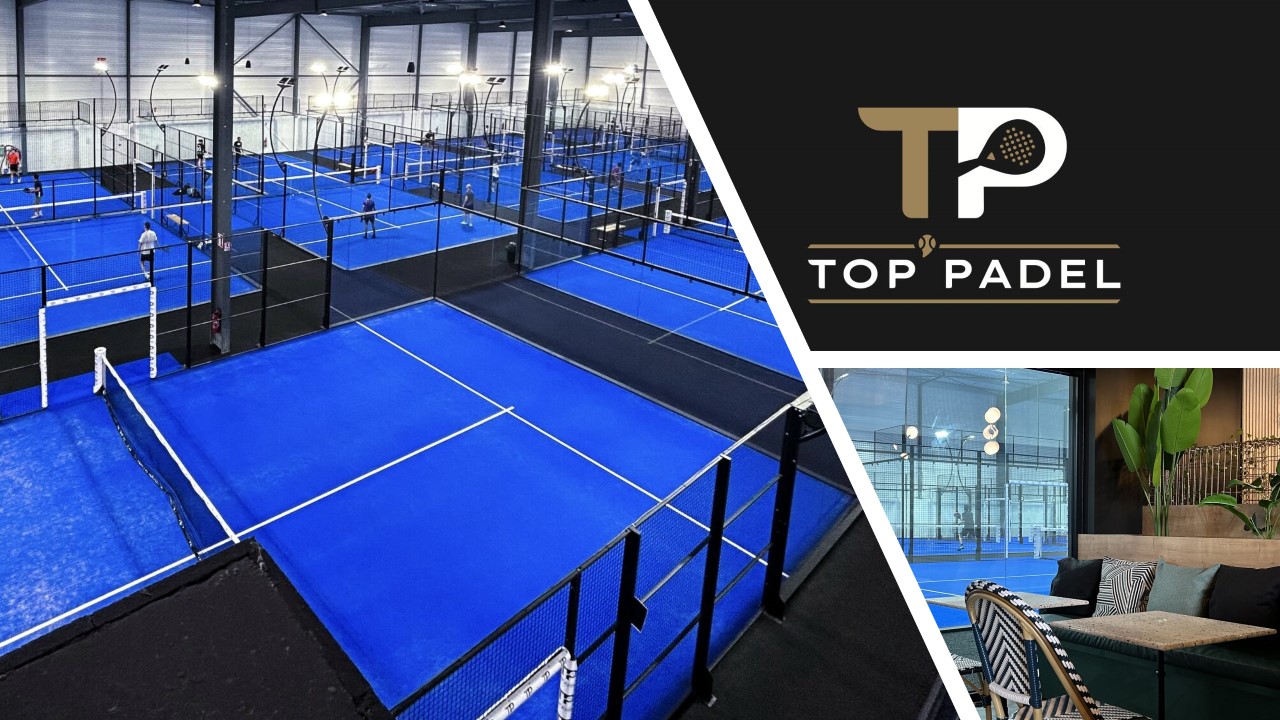 TOP Padel : “A premium club with 10 slopes in Toulouse”
TOP Padel : “A premium club with 10 slopes in Toulouse”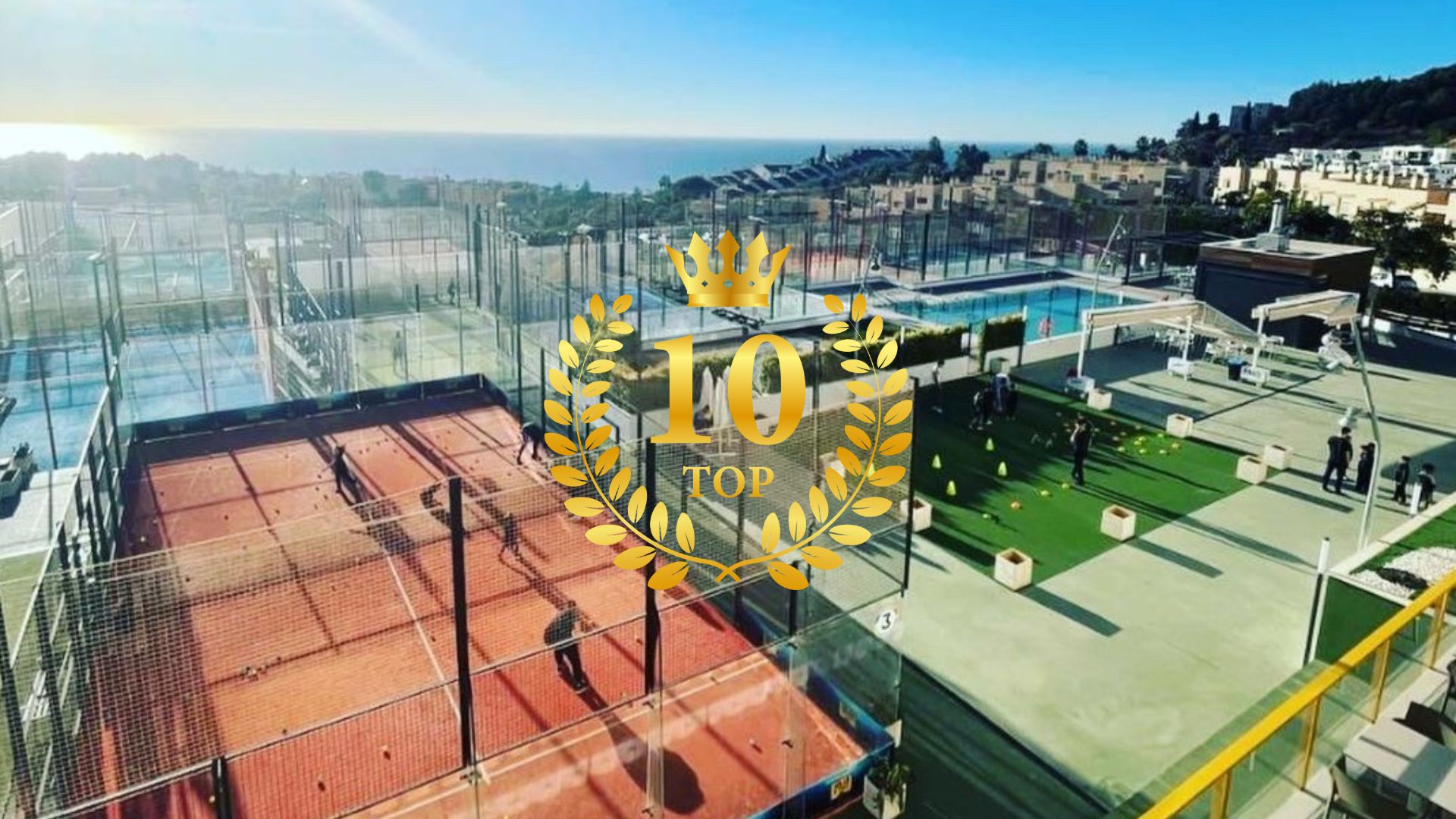 Our Top 10 training courses padel in France and Europe
Our Top 10 training courses padel in France and Europe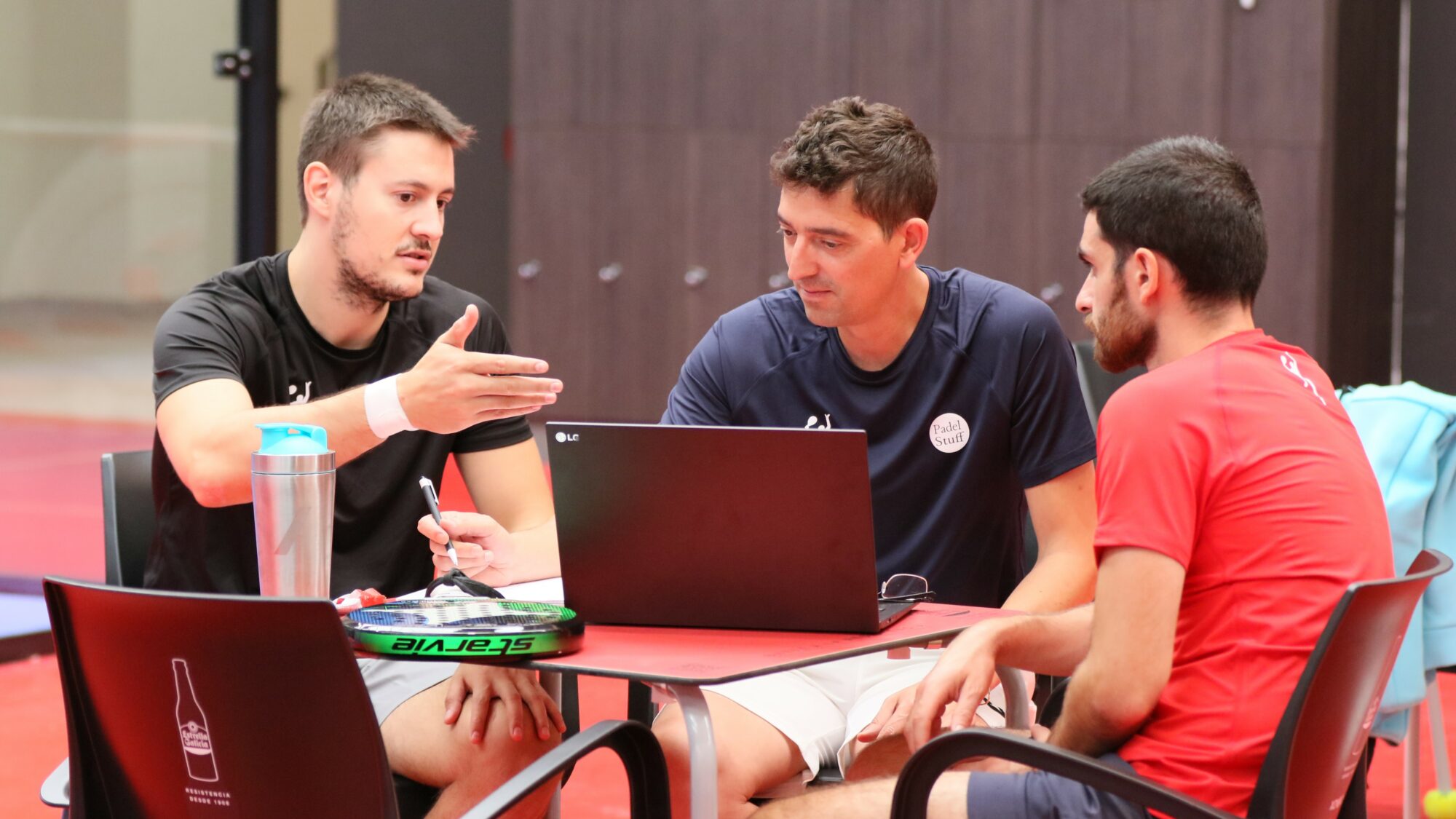 At the heart of padel – Episode 25: Paul and Andoni answer your questions
At the heart of padel – Episode 25: Paul and Andoni answer your questions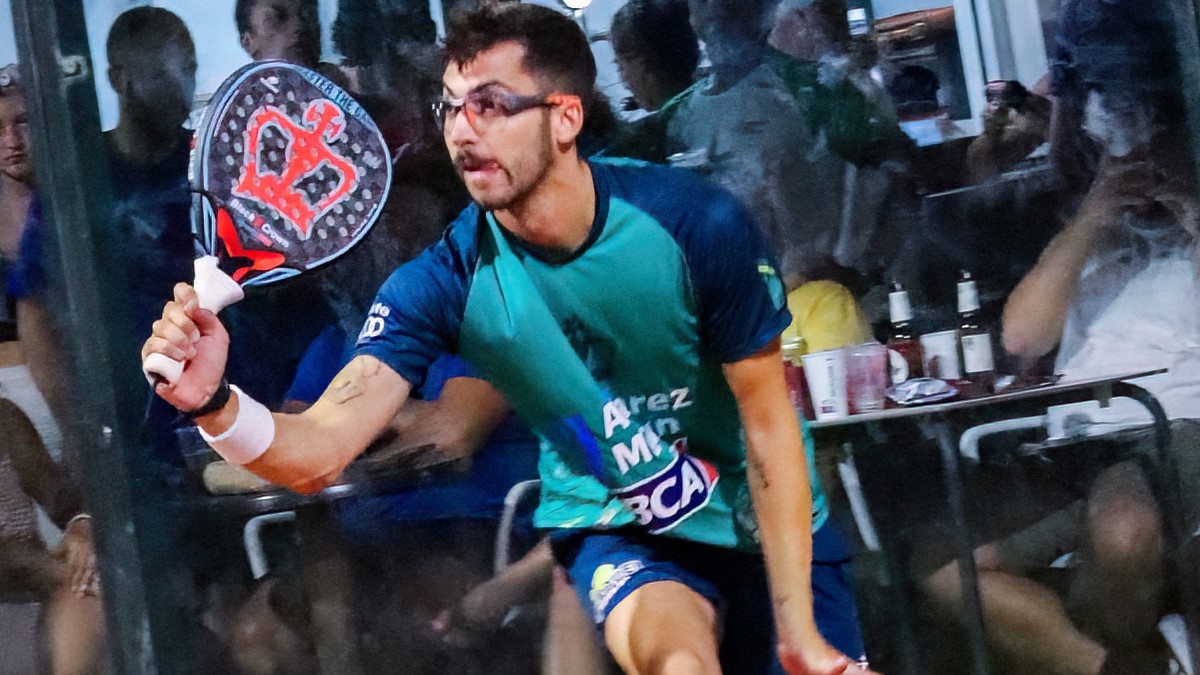 Tactical padel – What to do when faced with players who systematically stay at the bottom?
Tactical padel – What to do when faced with players who systematically stay at the bottom?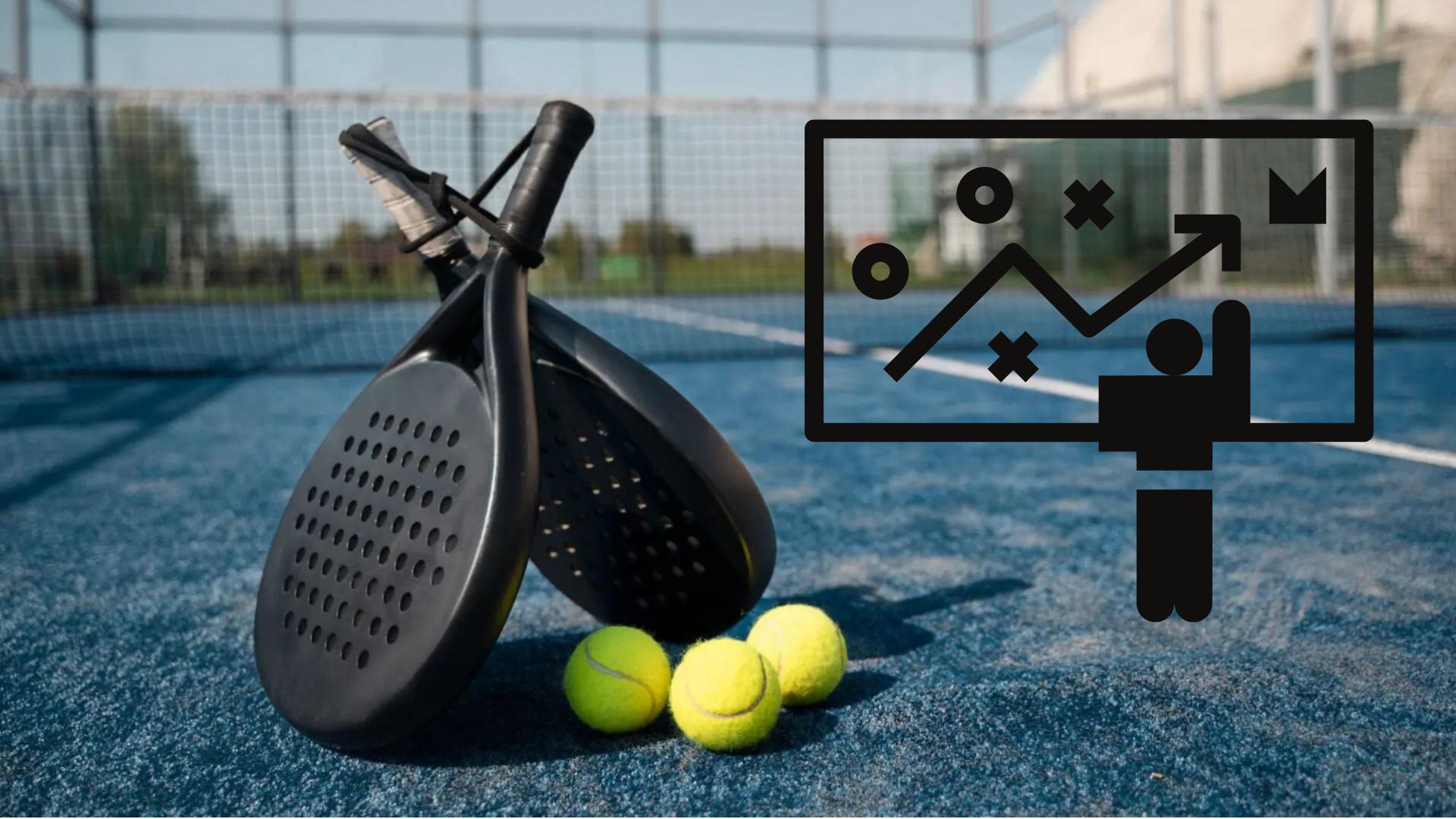 The basic tactics of padel
The basic tactics of padel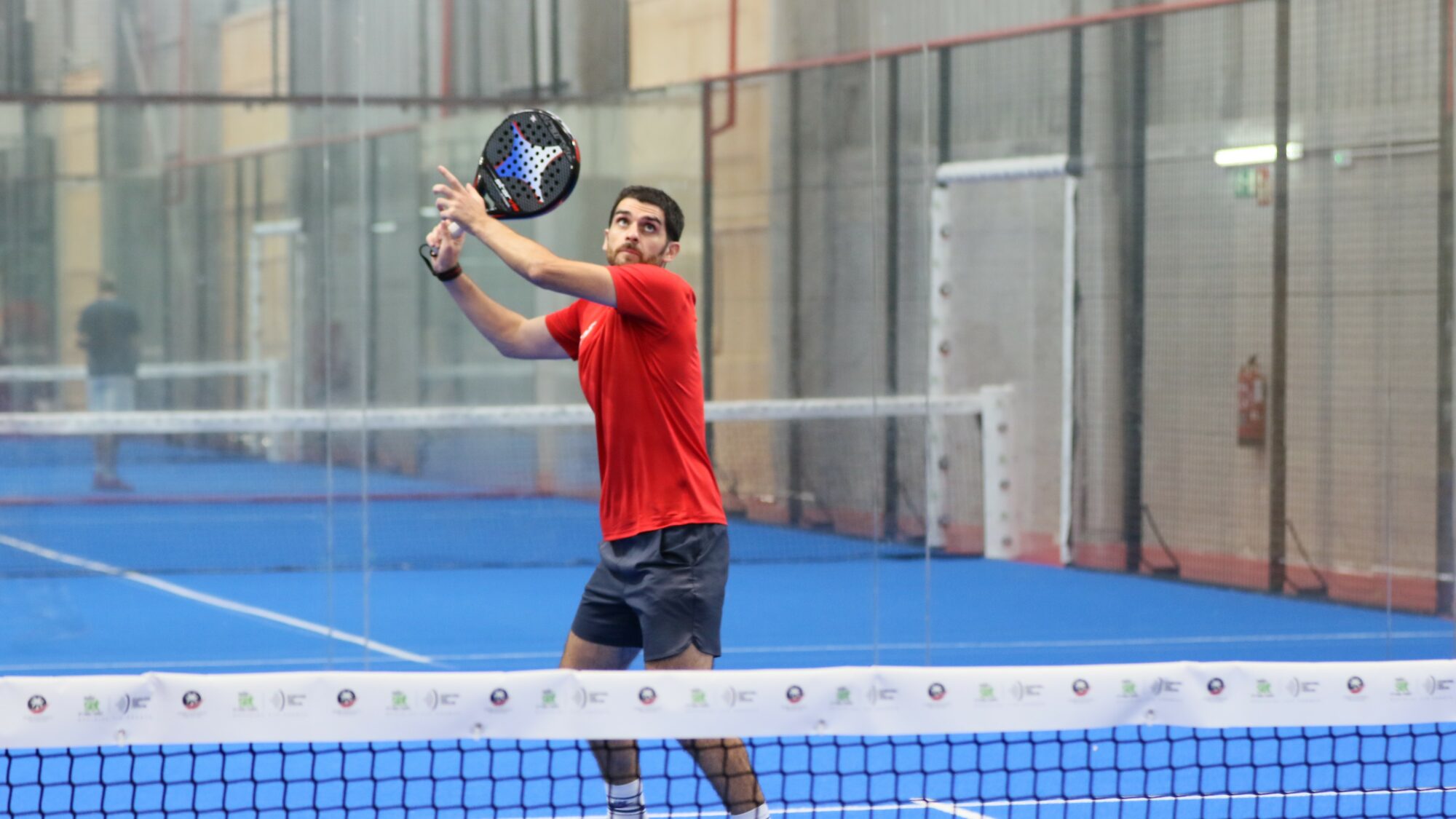 At the heart of padel – Episode 25: Paul and Andoni answer your questions
At the heart of padel – Episode 25: Paul and Andoni answer your questions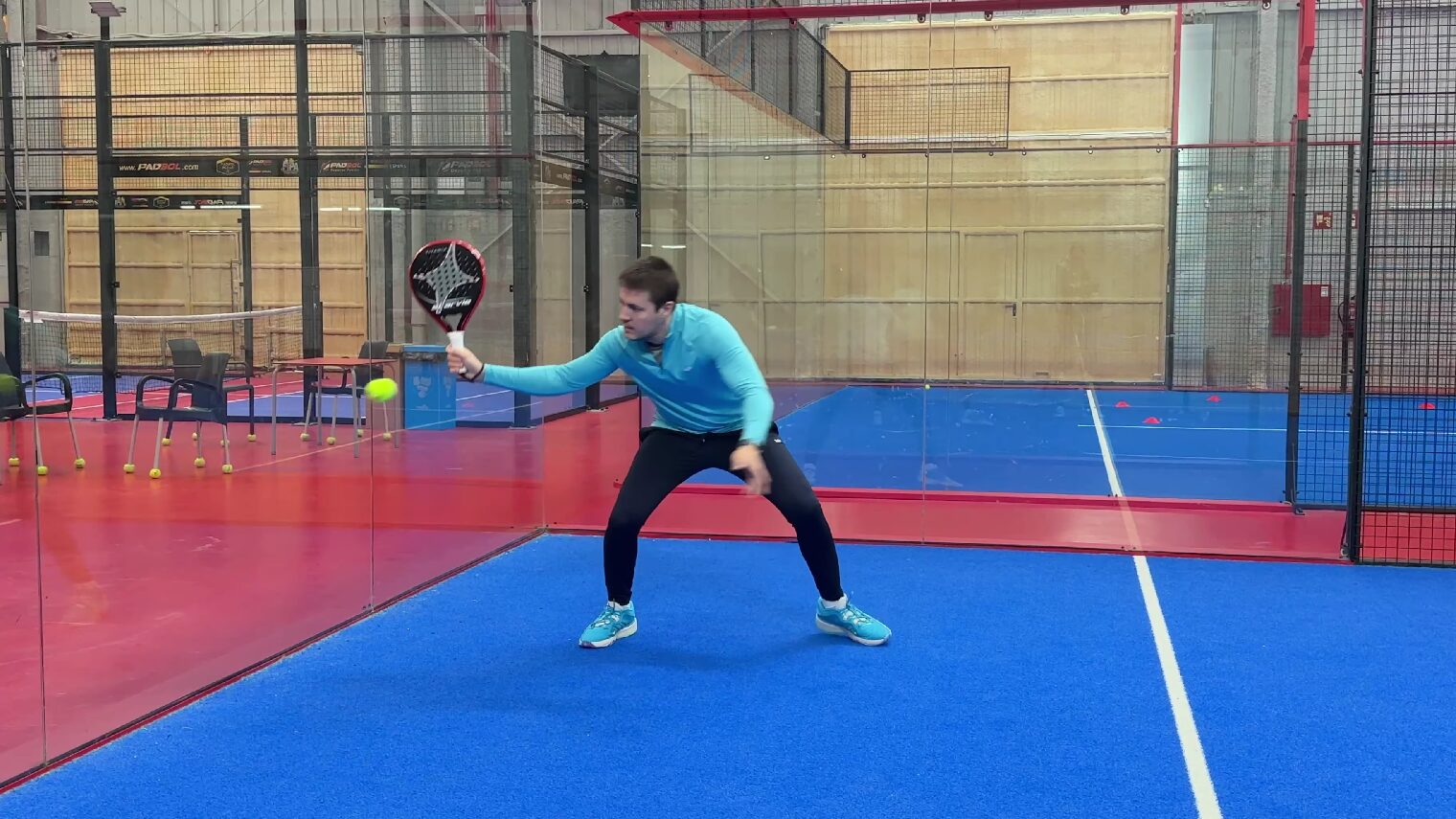 At the heart of padel – Episode 23: defend the window well
At the heart of padel – Episode 23: defend the window well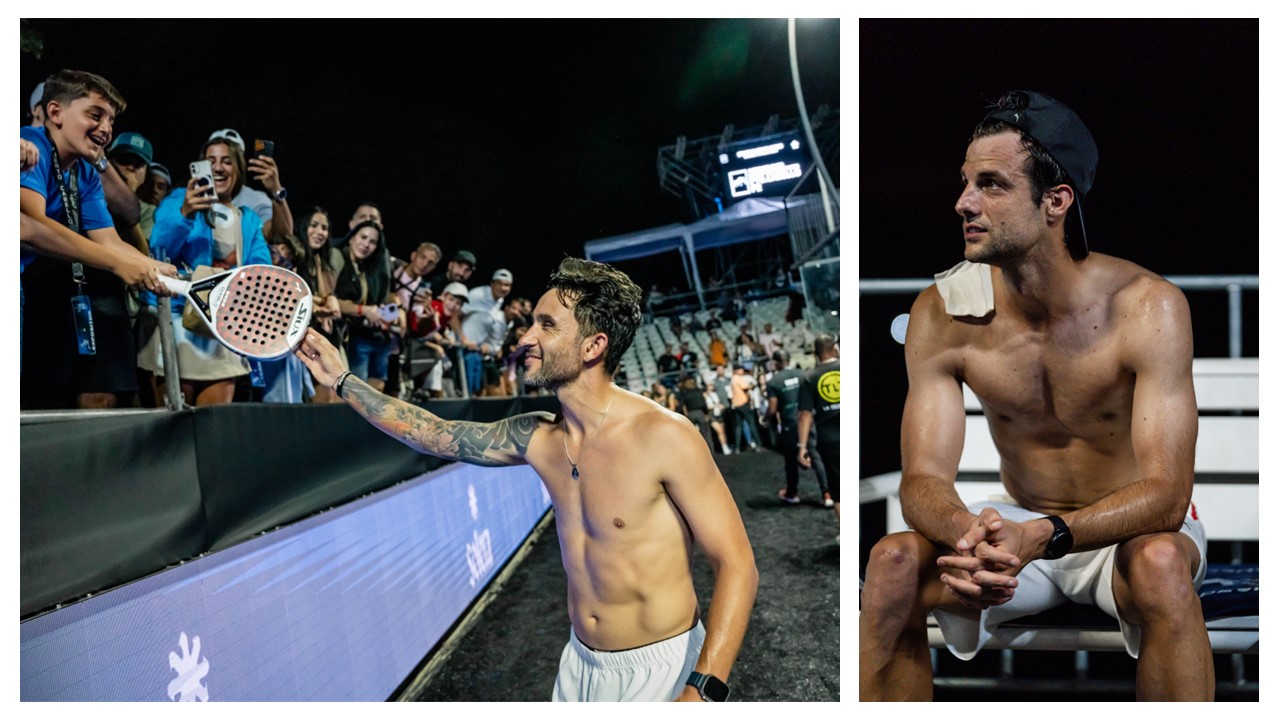 Prohibition on playing topless Padel : the reasons
Prohibition on playing topless Padel : the reasons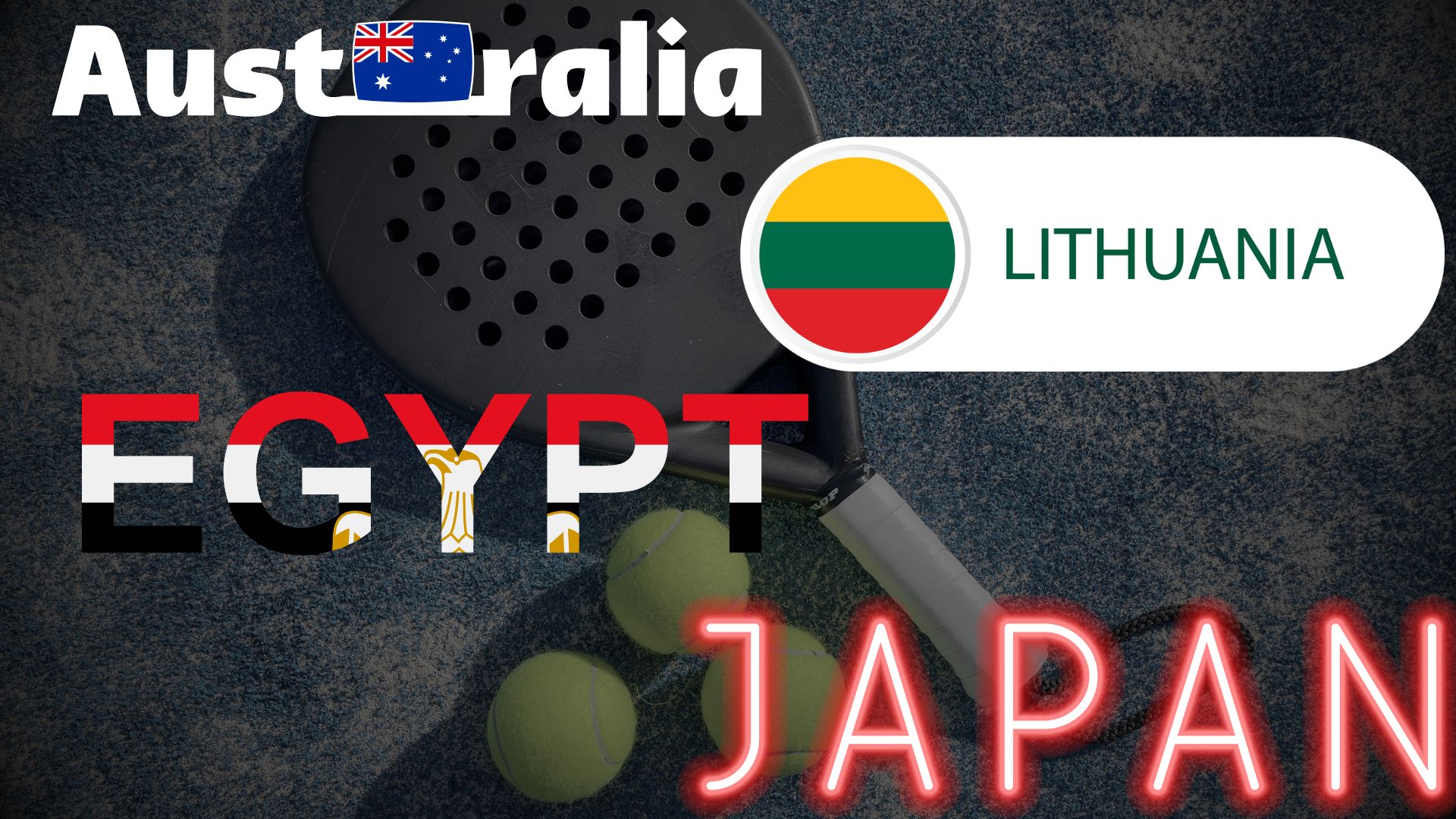 FIP Tour – Going far from Europe, THE strategy to earn points!
FIP Tour – Going far from Europe, THE strategy to earn points!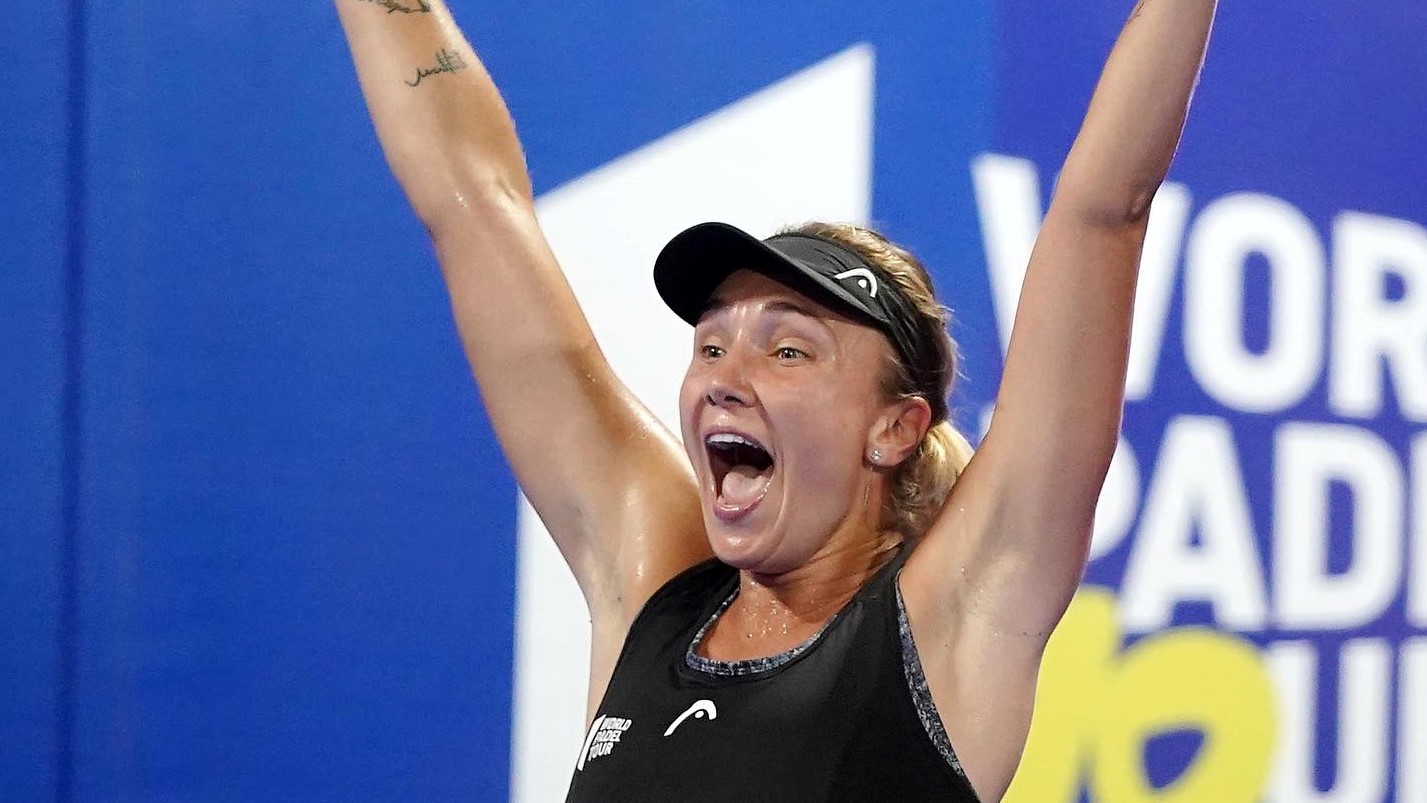 What is a good football player? padel ?
What is a good football player? padel ?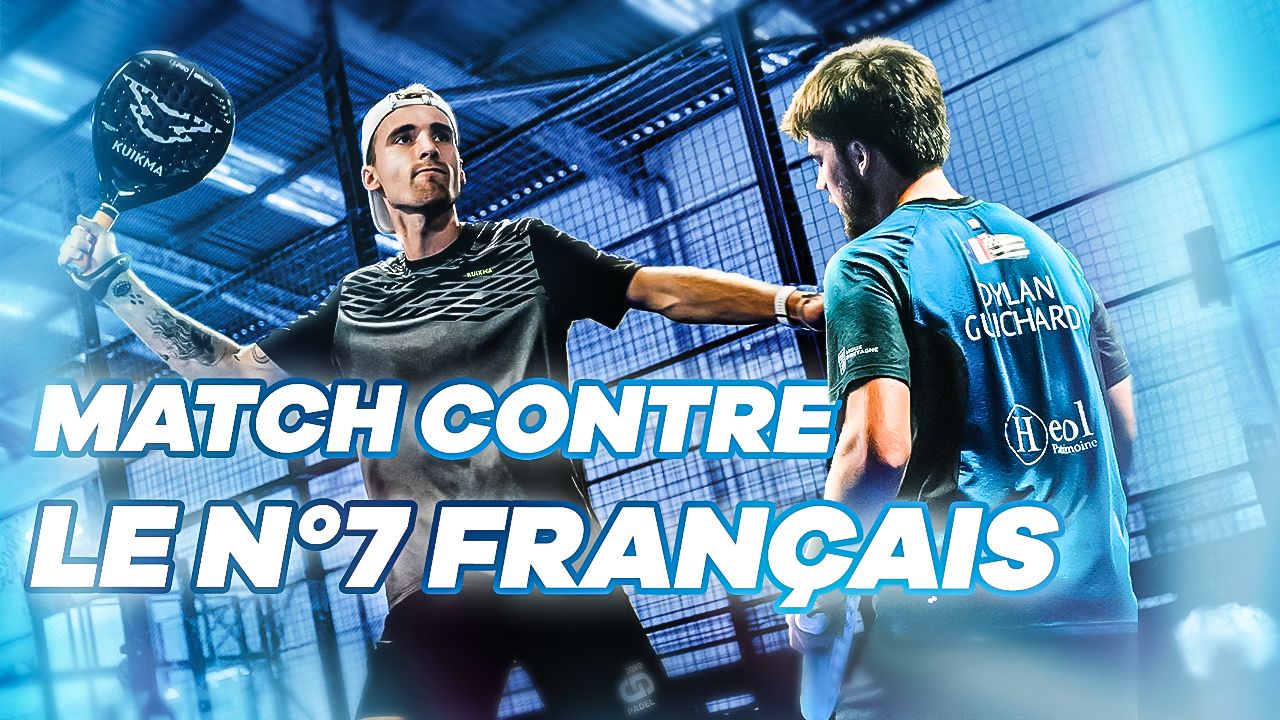 “Lefties give me headaches when I play against them!”
“Lefties give me headaches when I play against them!”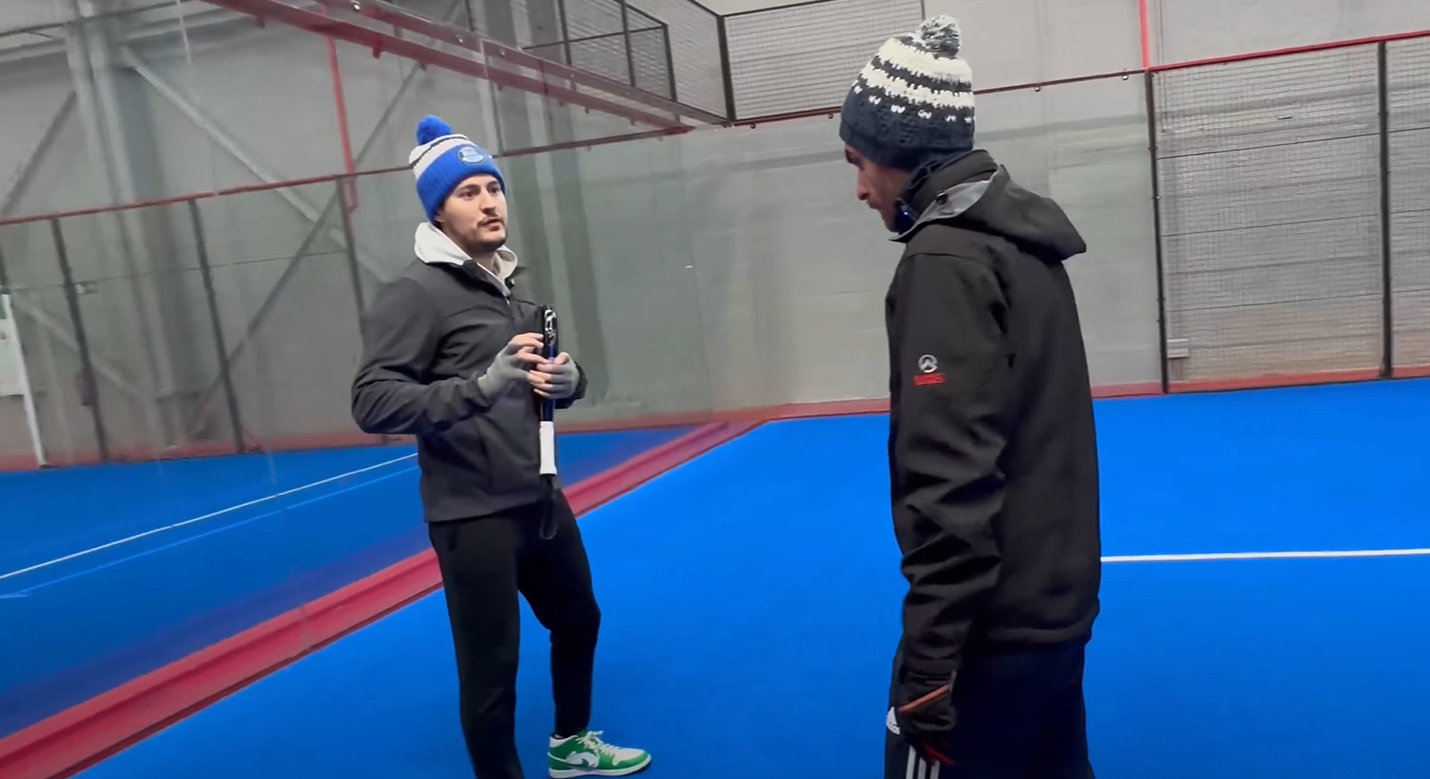 At the heart of padel – Episode 14: how to earn points in winter?
At the heart of padel – Episode 14: how to earn points in winter? A par 4 is always a winner...even if you manage to defend it!
A par 4 is always a winner...even if you manage to defend it!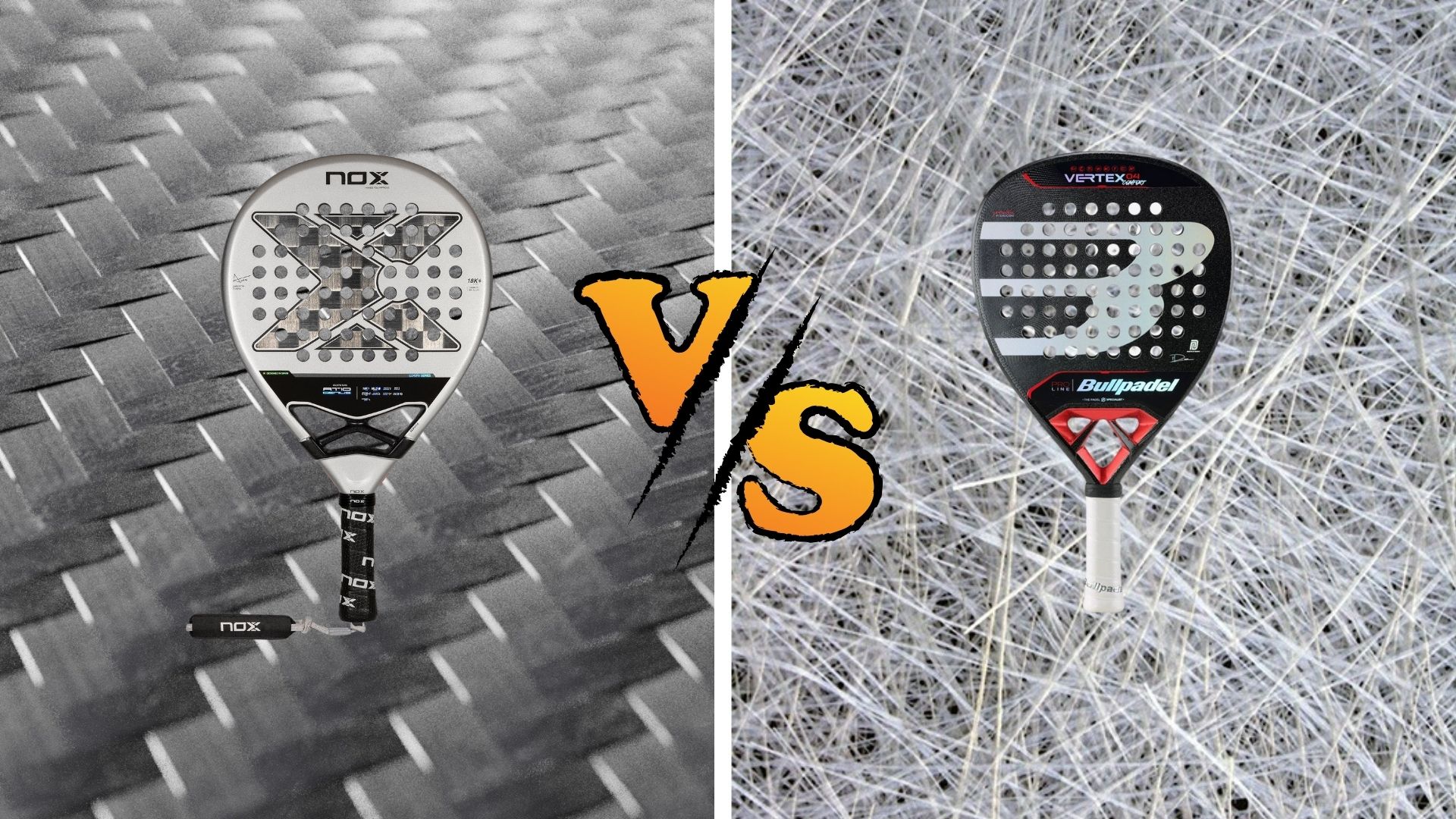 Carbon fiber VS fiberglass: what to choose?
Carbon fiber VS fiberglass: what to choose?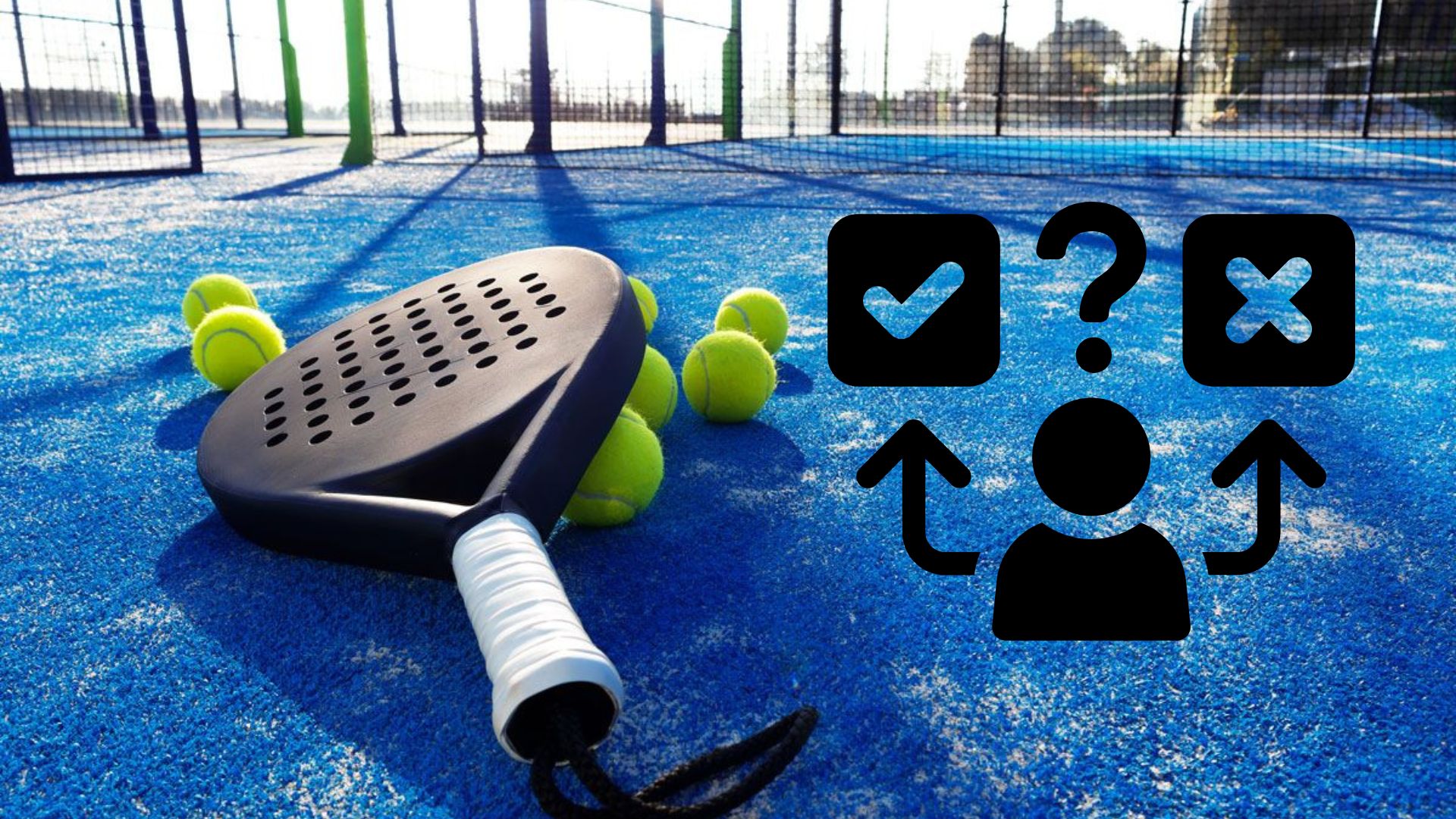 How to effectively test a racket padel ?
How to effectively test a racket padel ?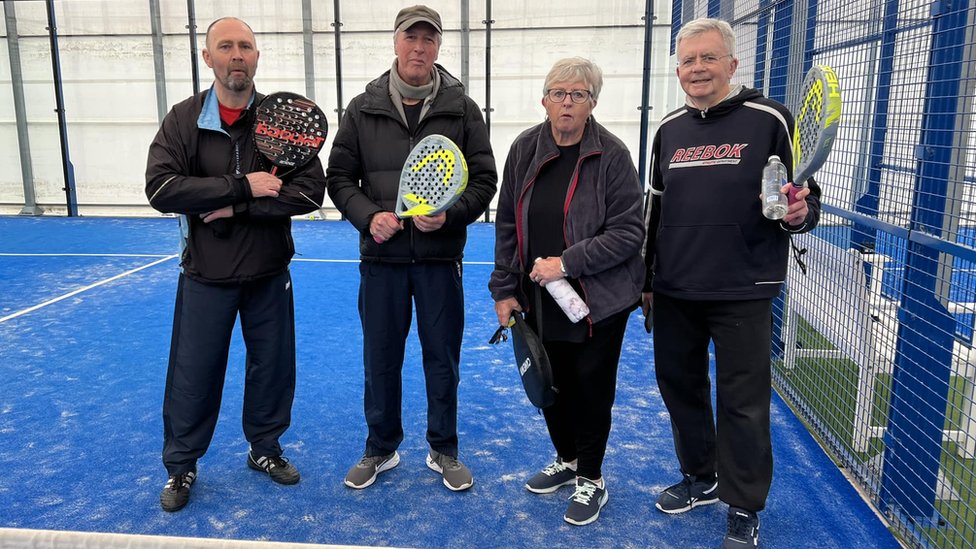 La padel to fight Parkinson's disease
La padel to fight Parkinson's disease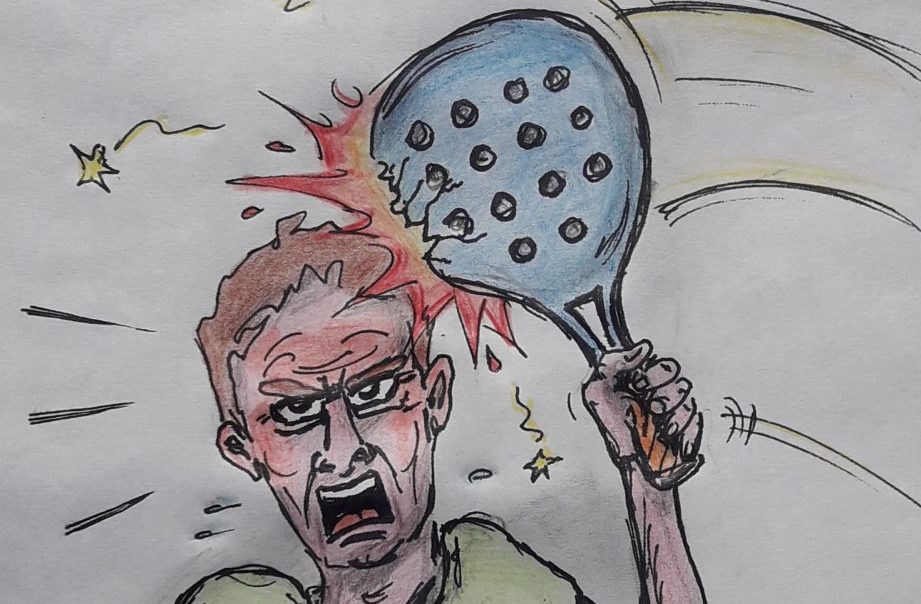 Don't play with a cracked or broken racket, your body will thank you!
Don't play with a cracked or broken racket, your body will thank you! Michel Cymes: “The padel, physically, it’s serious!”
Michel Cymes: “The padel, physically, it’s serious!” Jeremy Gala: “Promote the padel among young people in Belgium remains a challenge”
Jeremy Gala: “Promote the padel among young people in Belgium remains a challenge”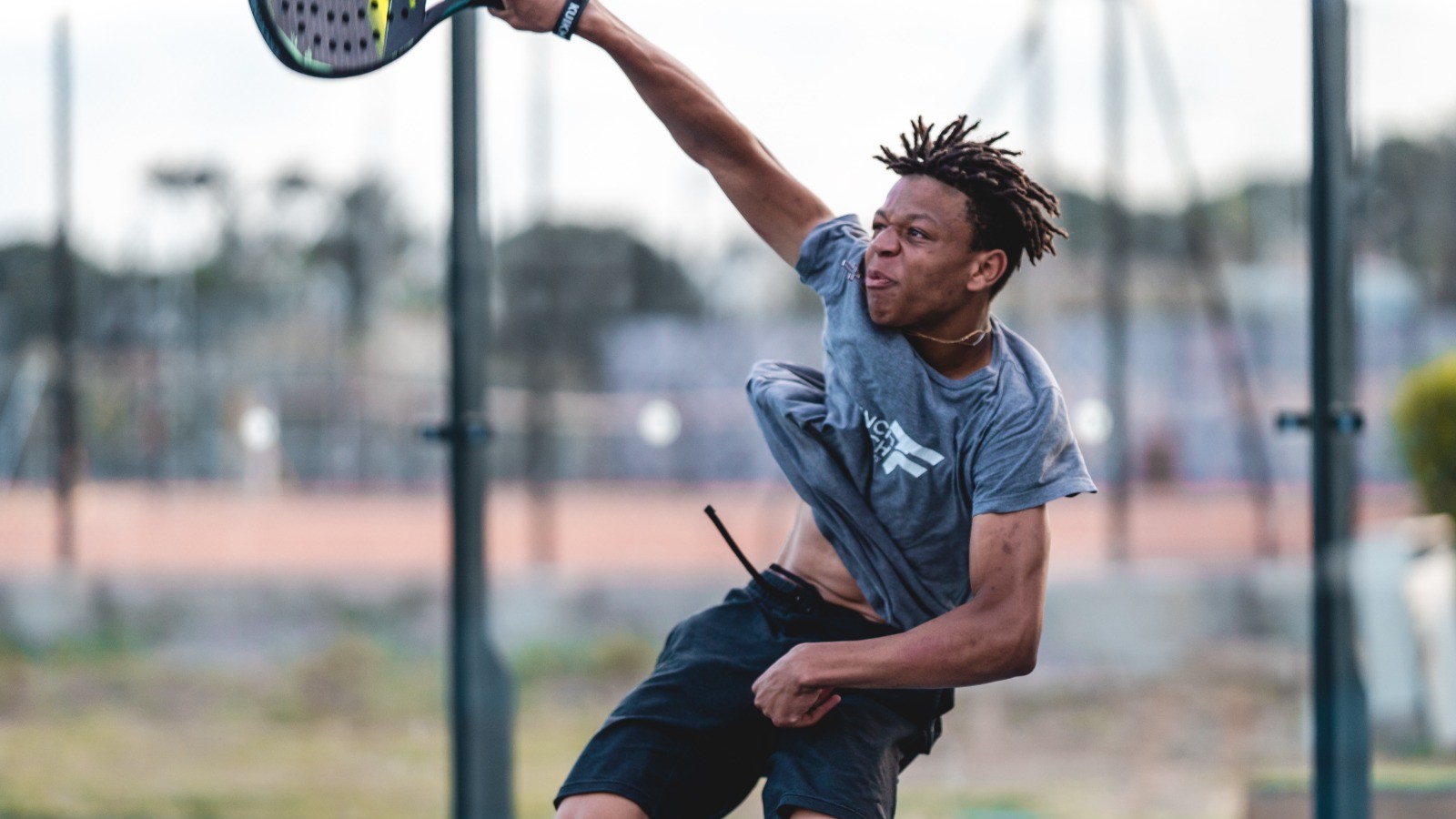 The French Touch Academy organizes its selection day Padel-Study
The French Touch Academy organizes its selection day Padel-Study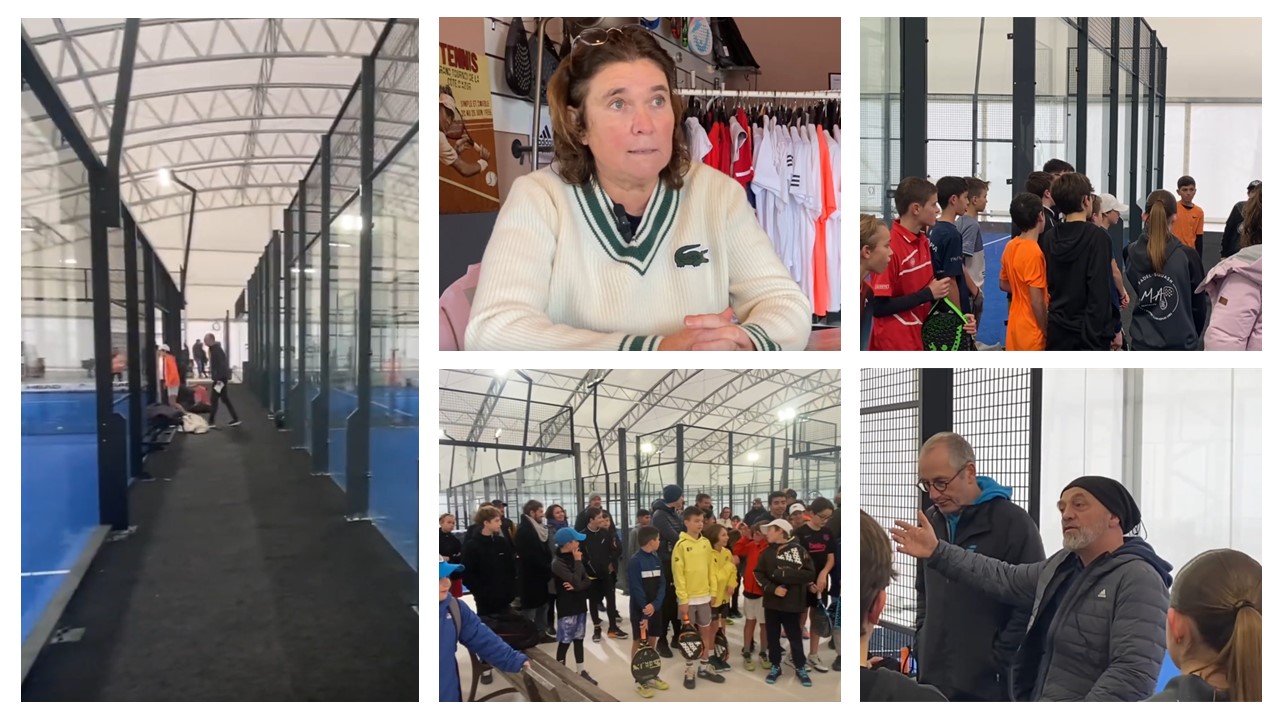 Report on the detection and training of younger generations
Report on the detection and training of younger generations